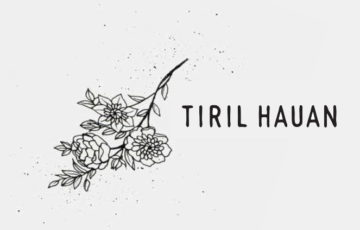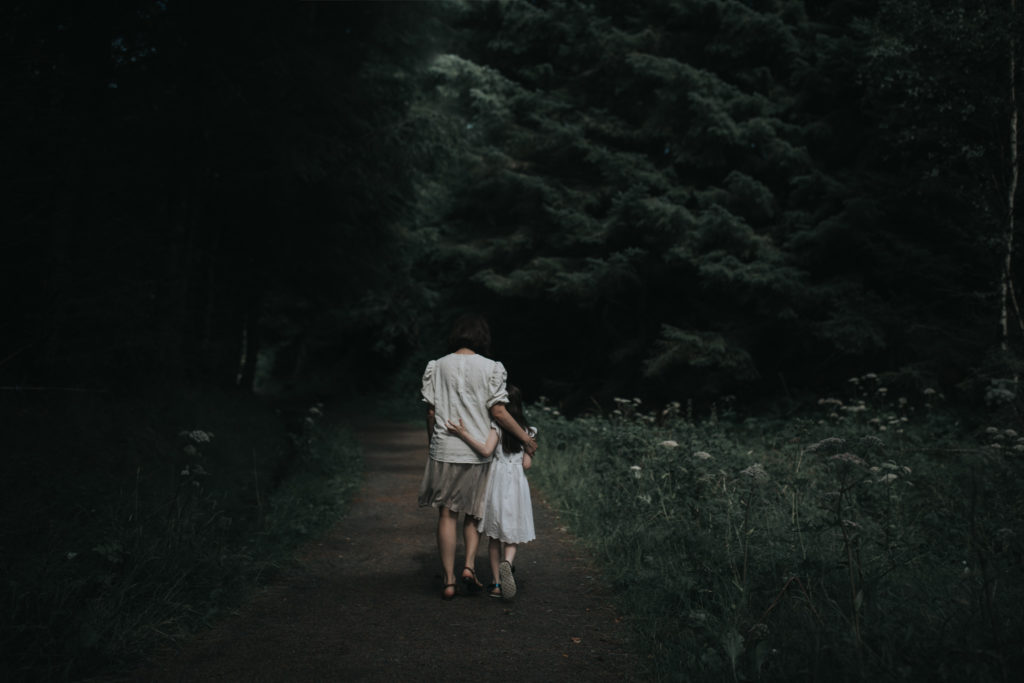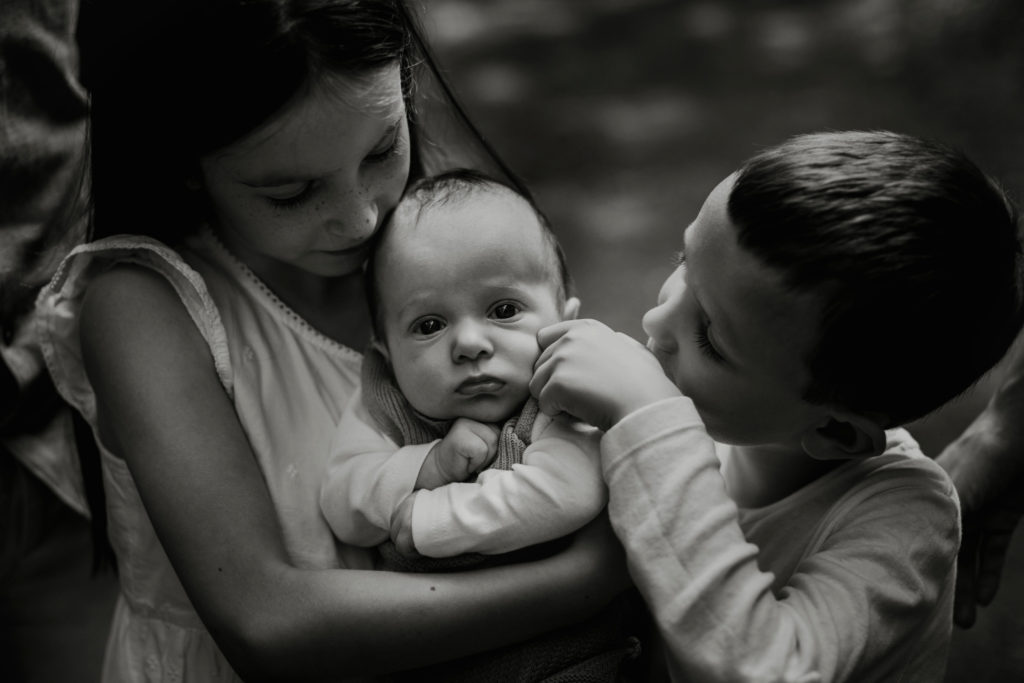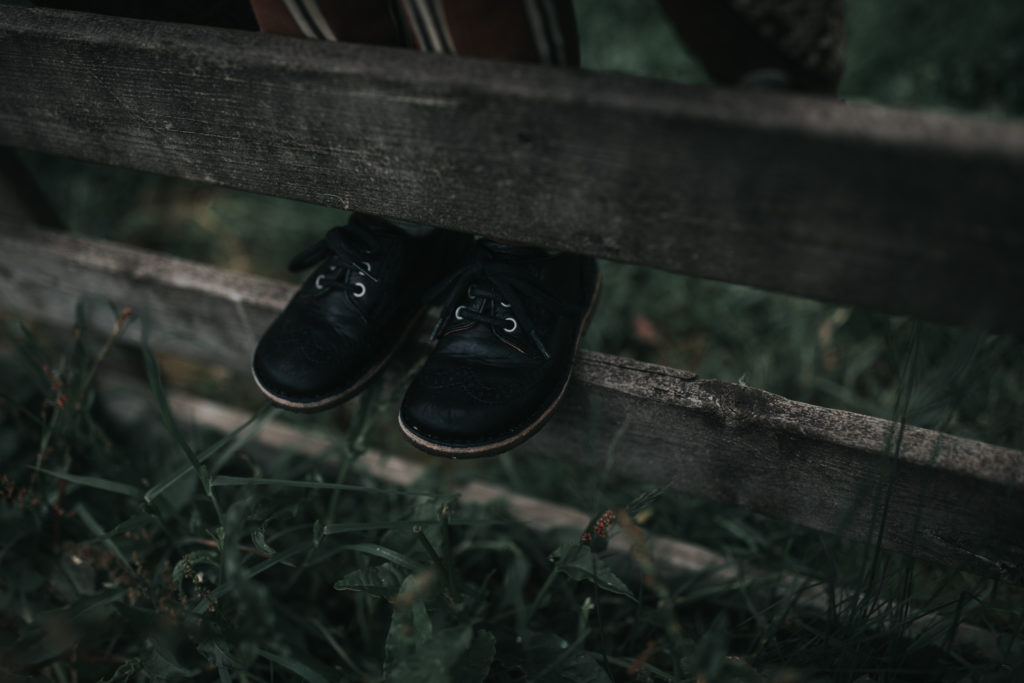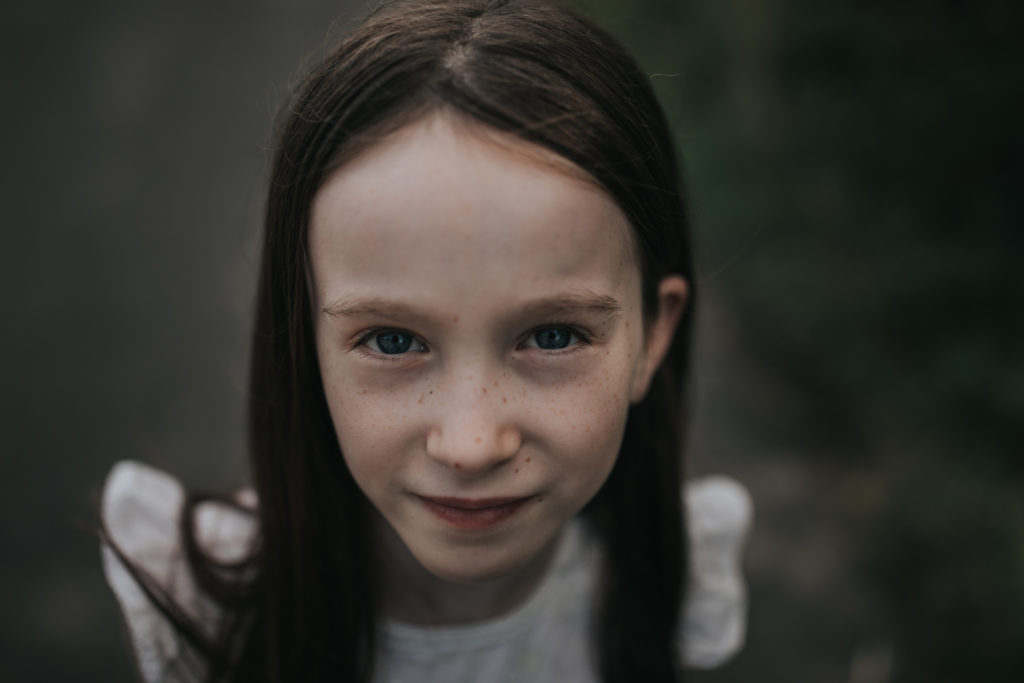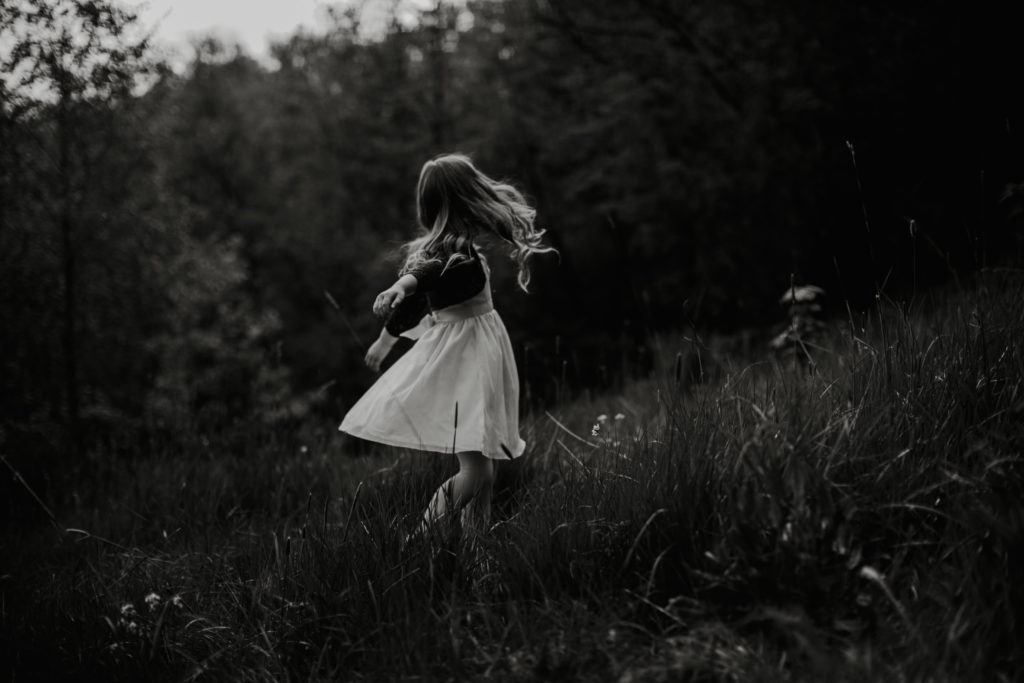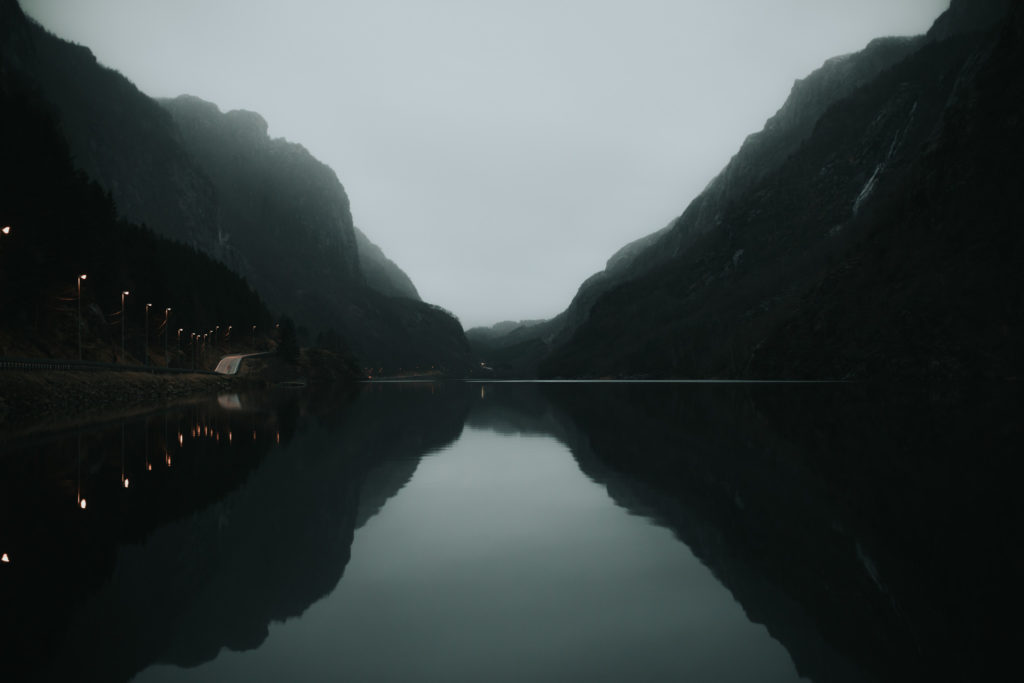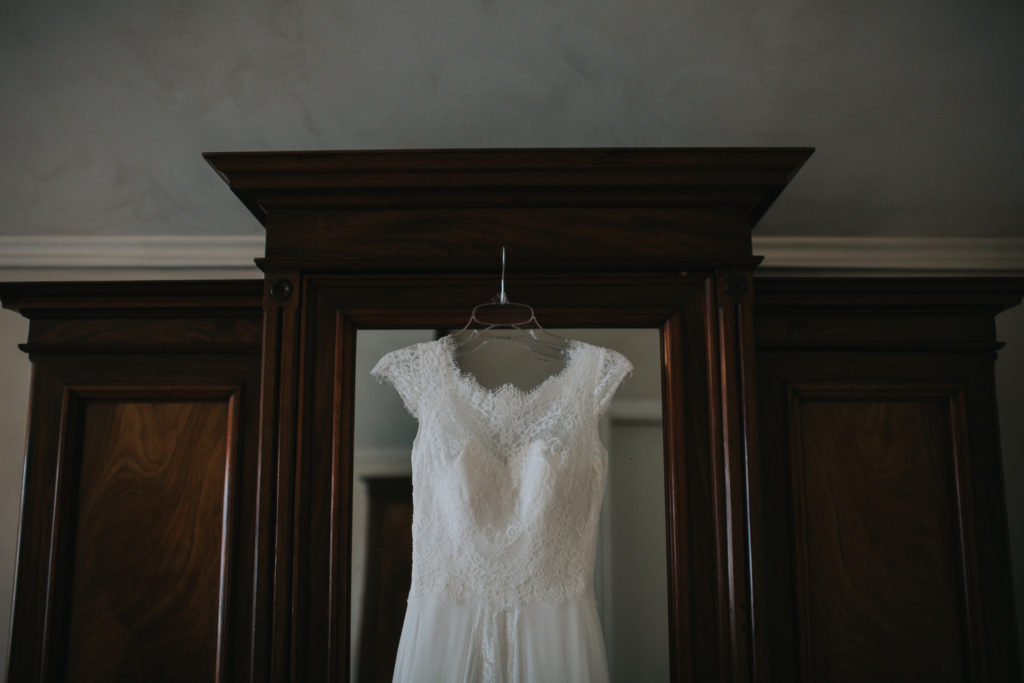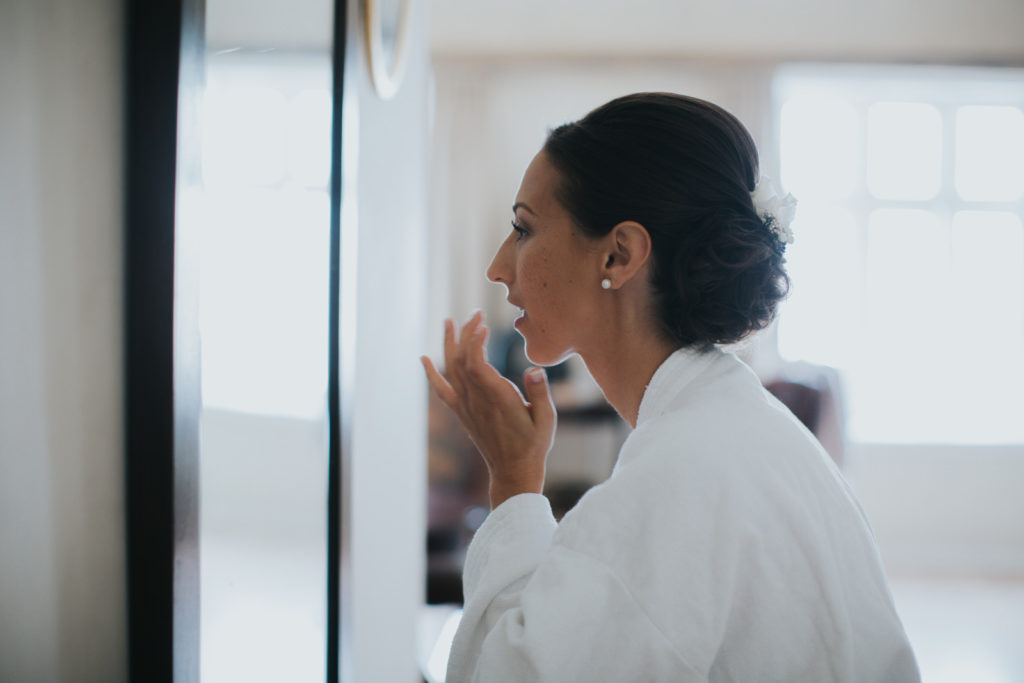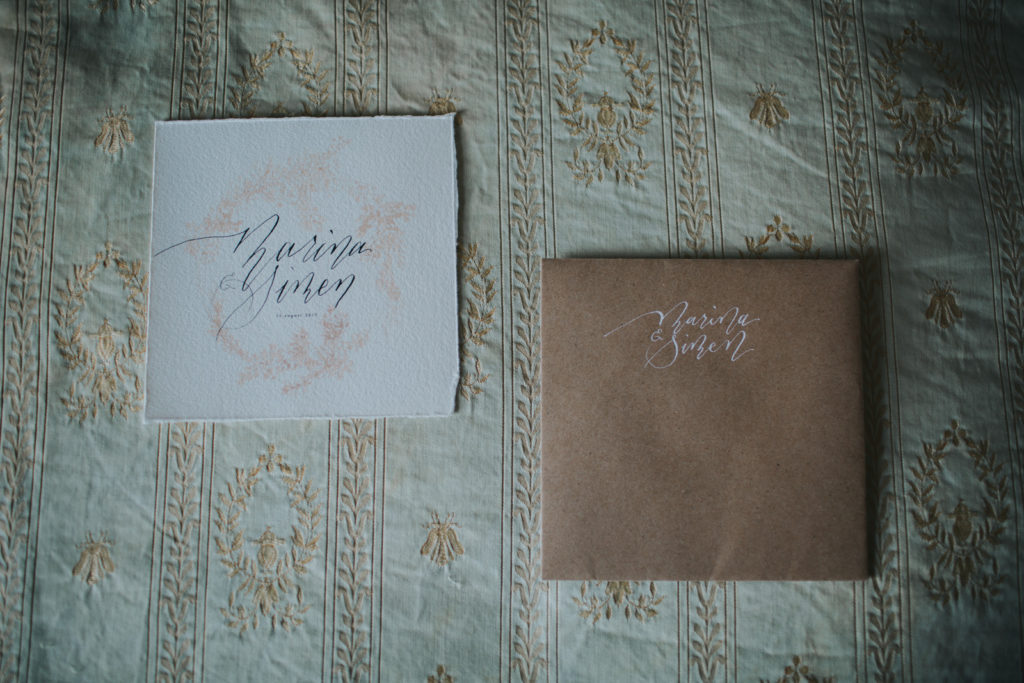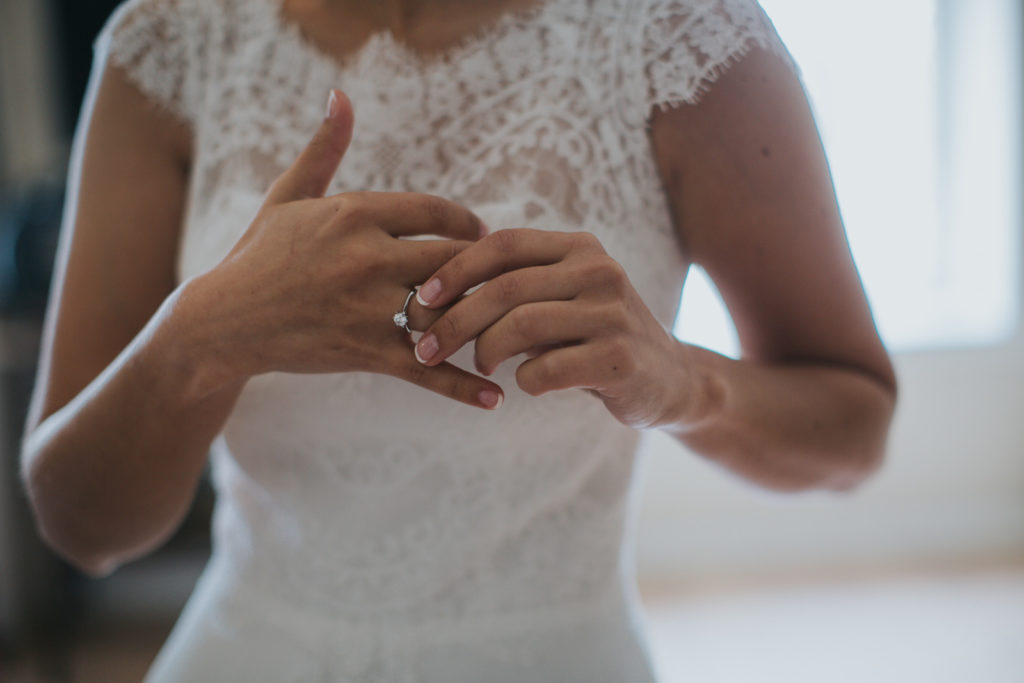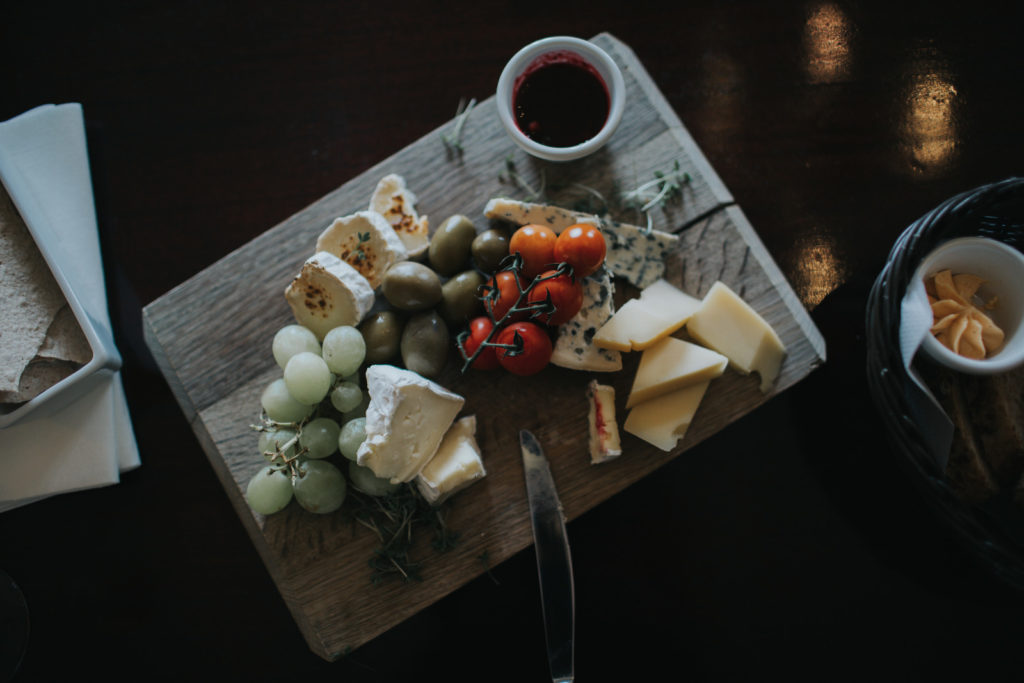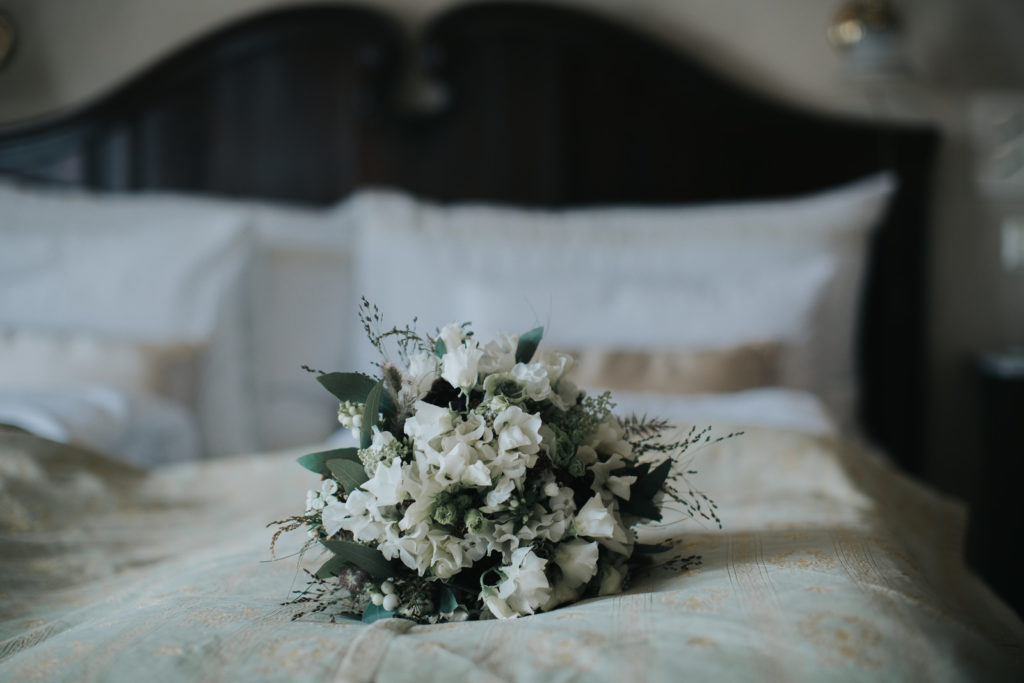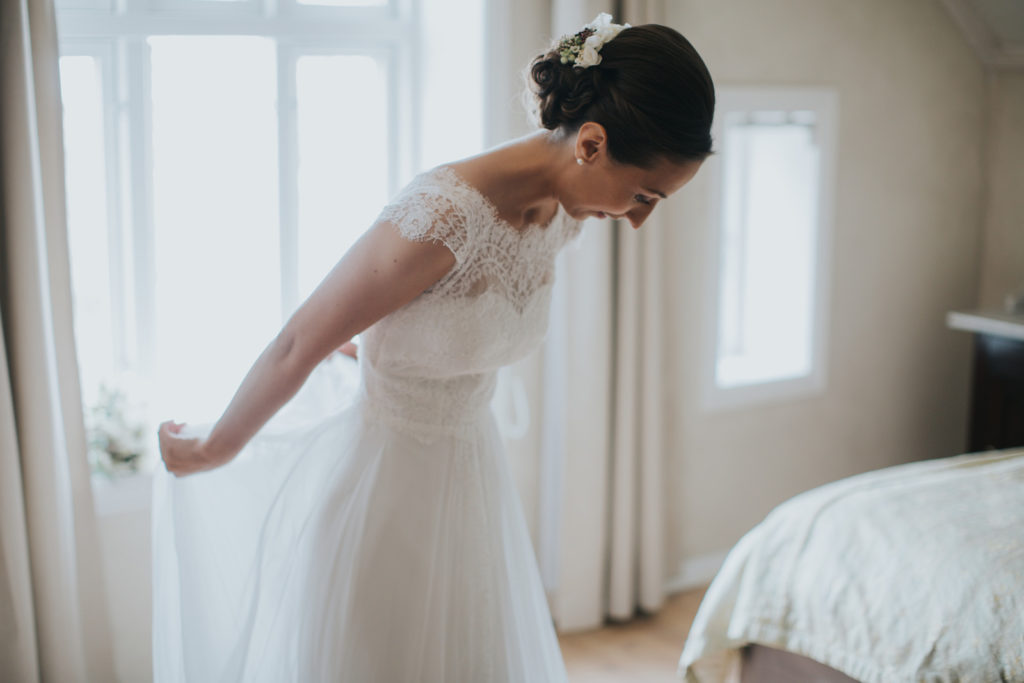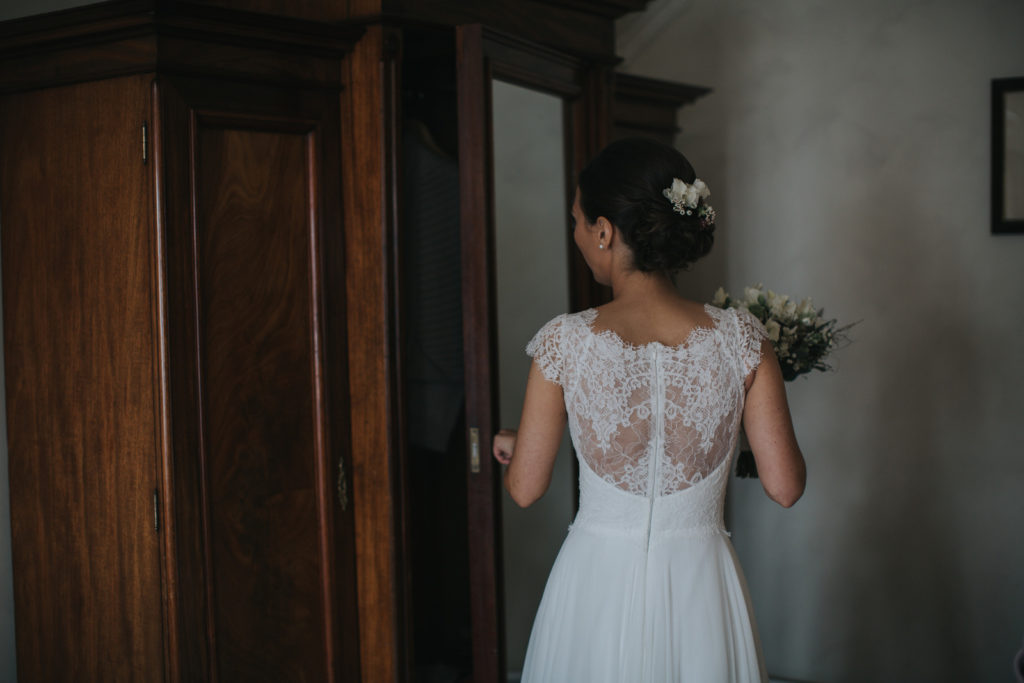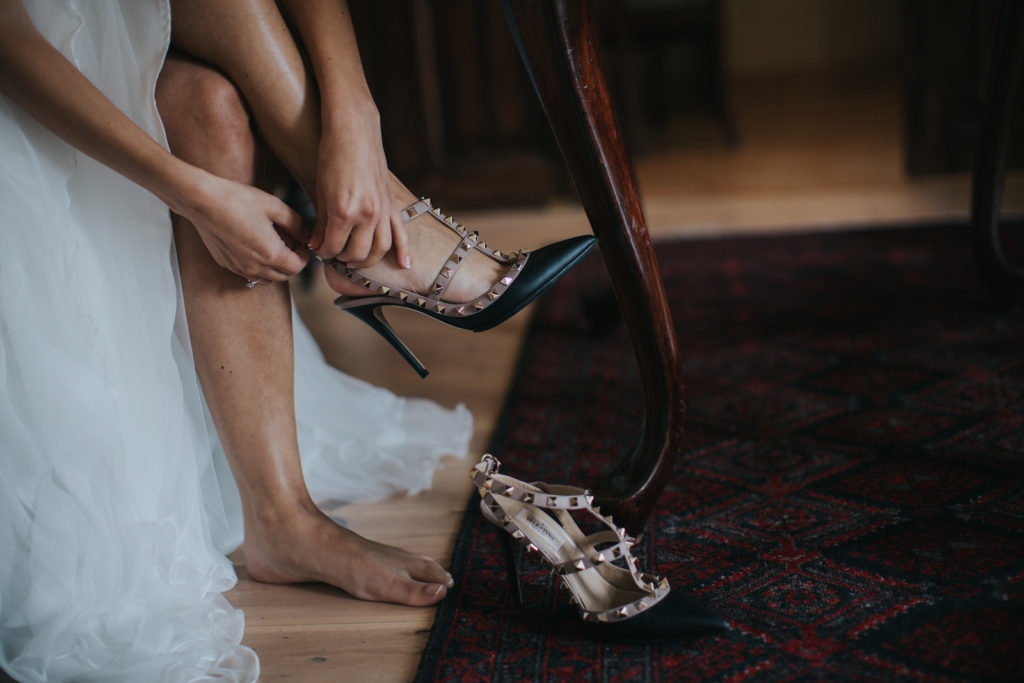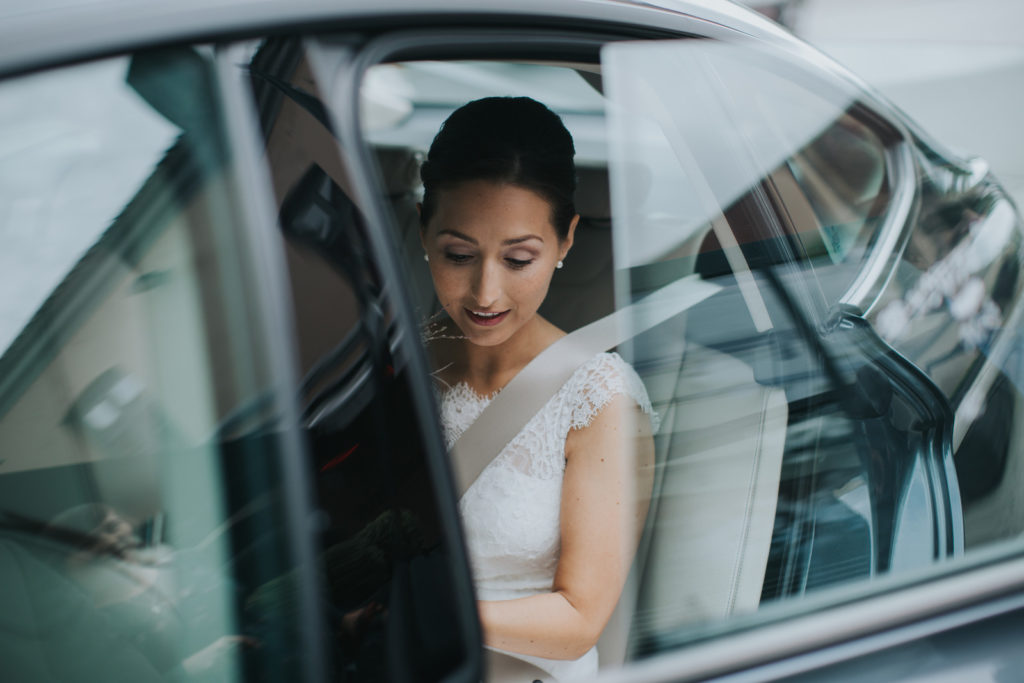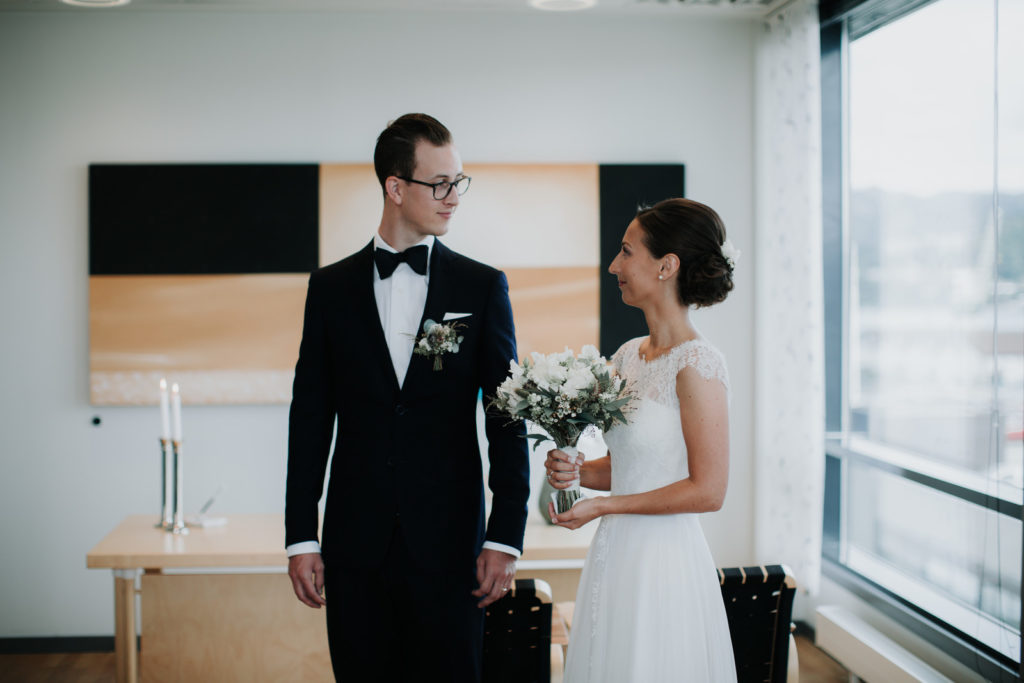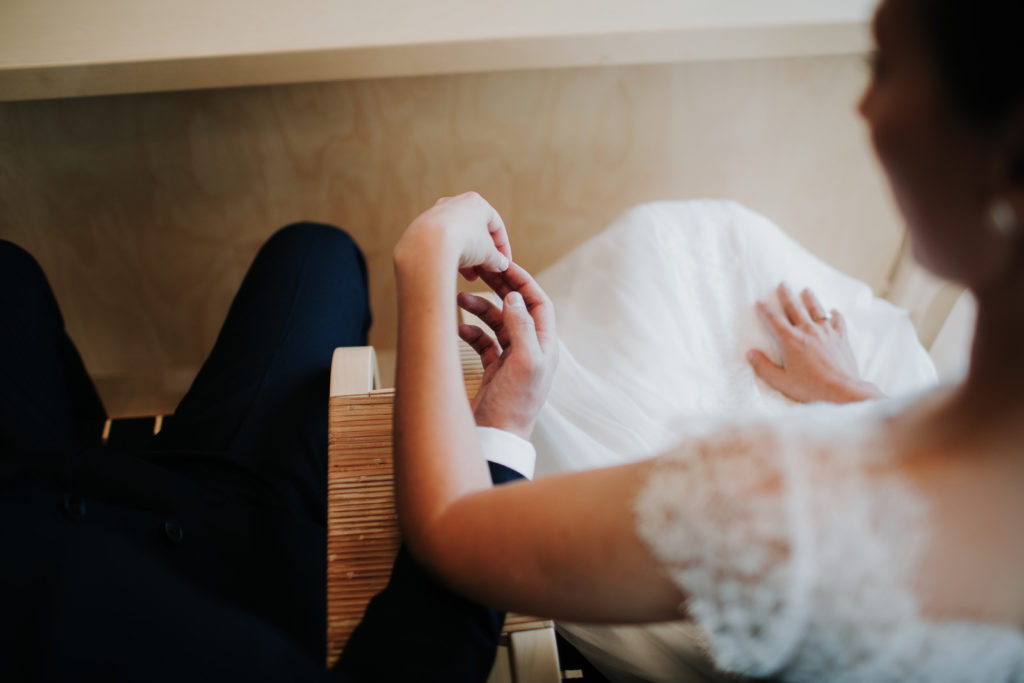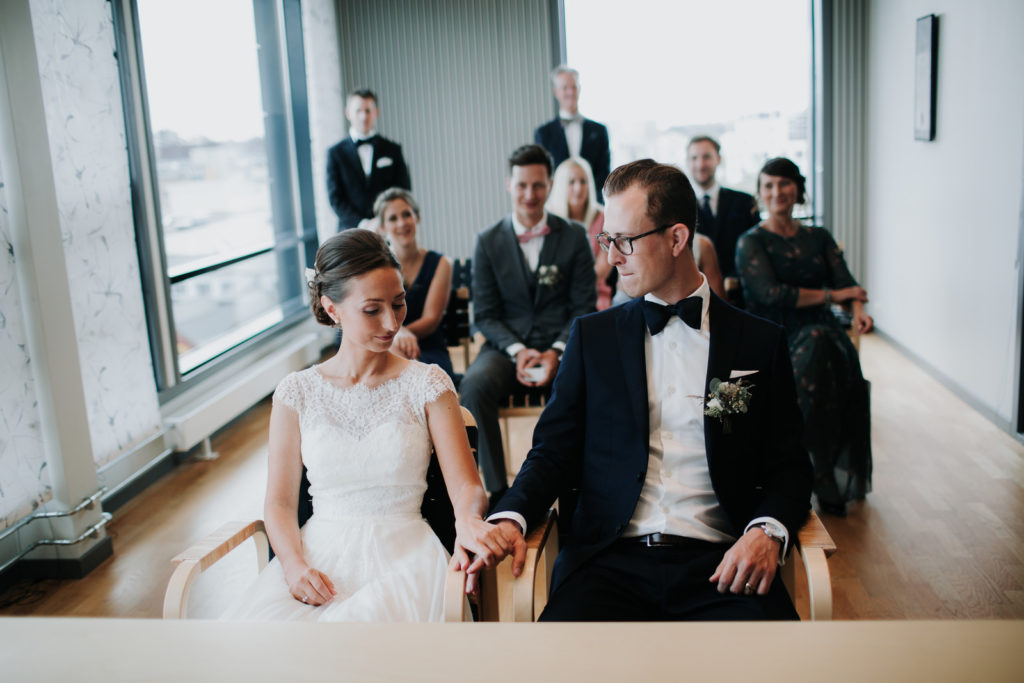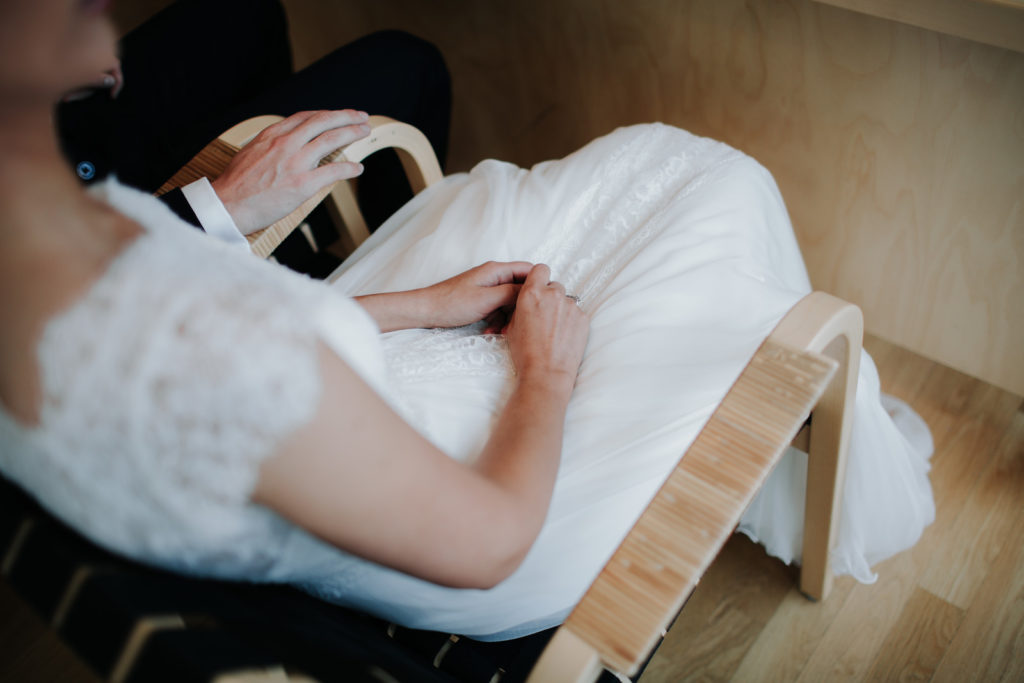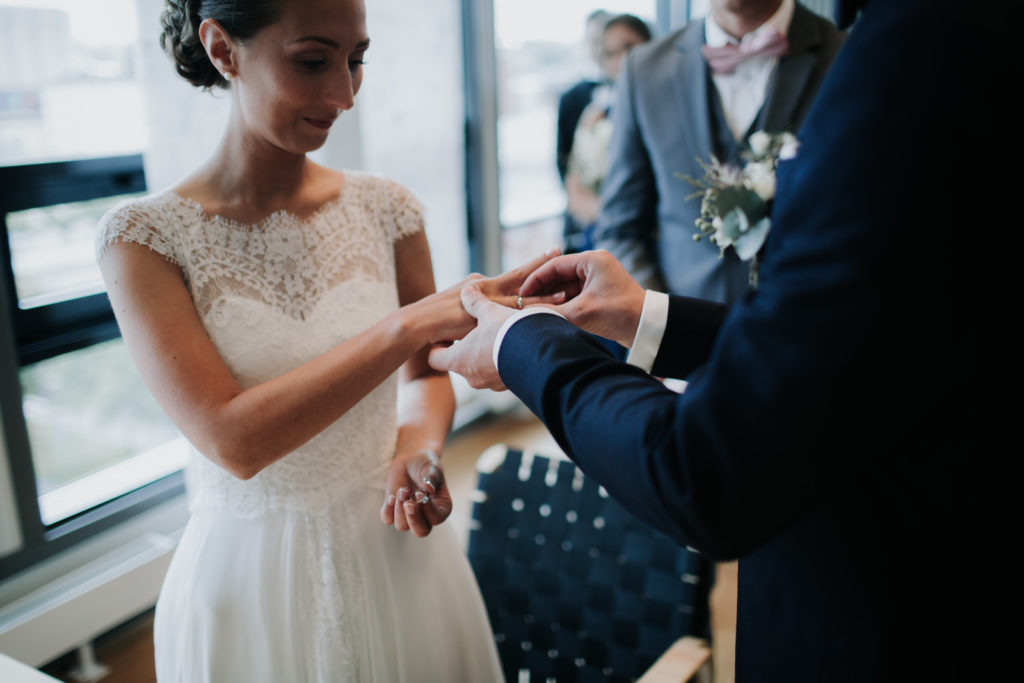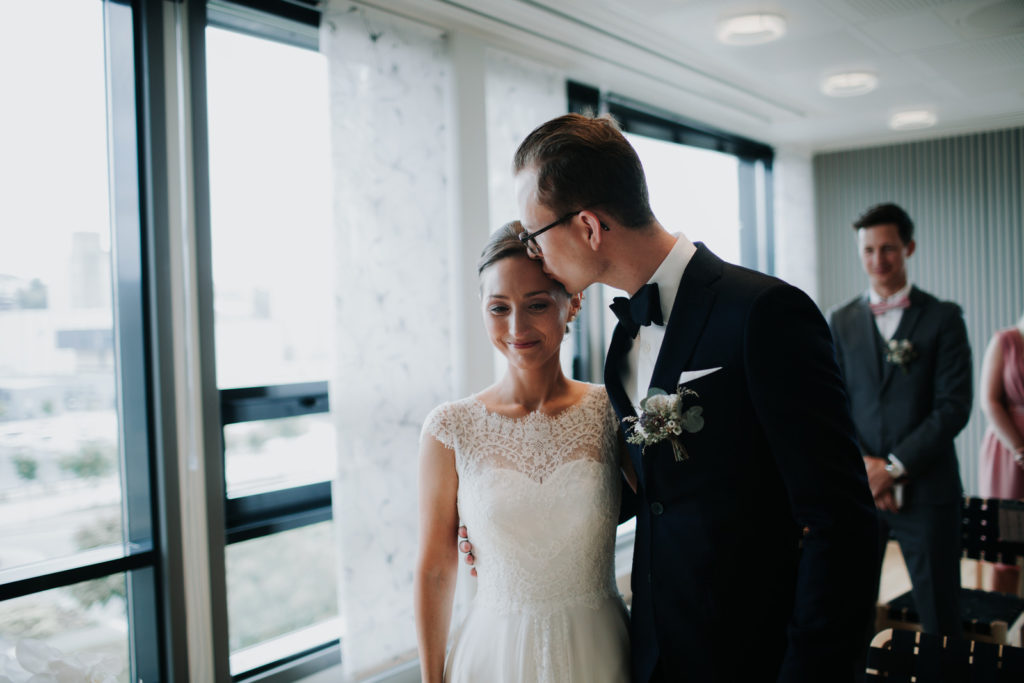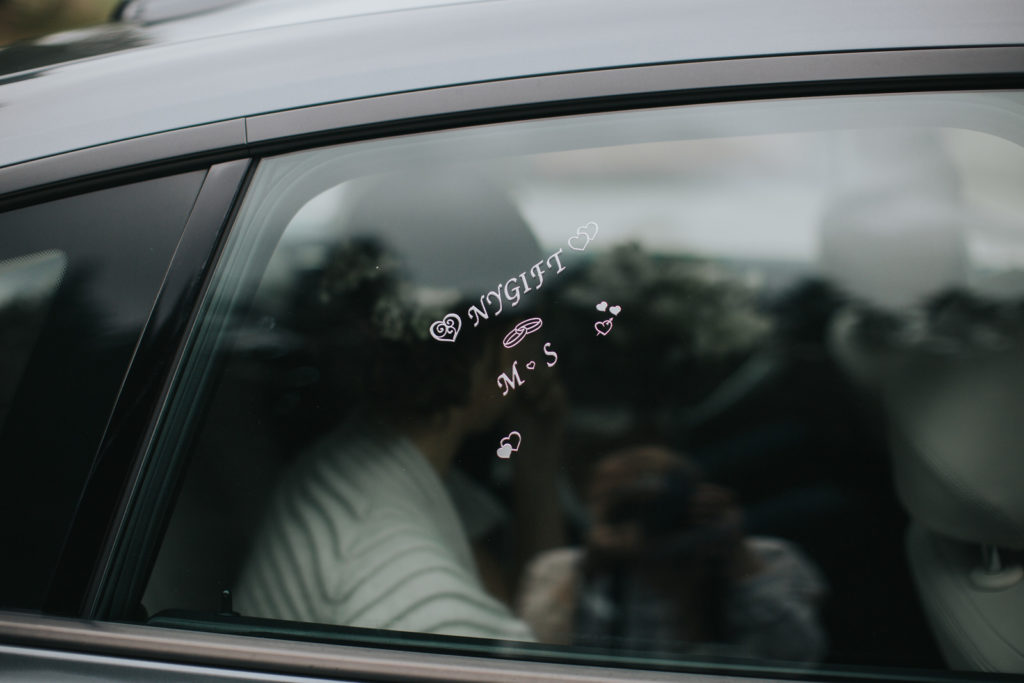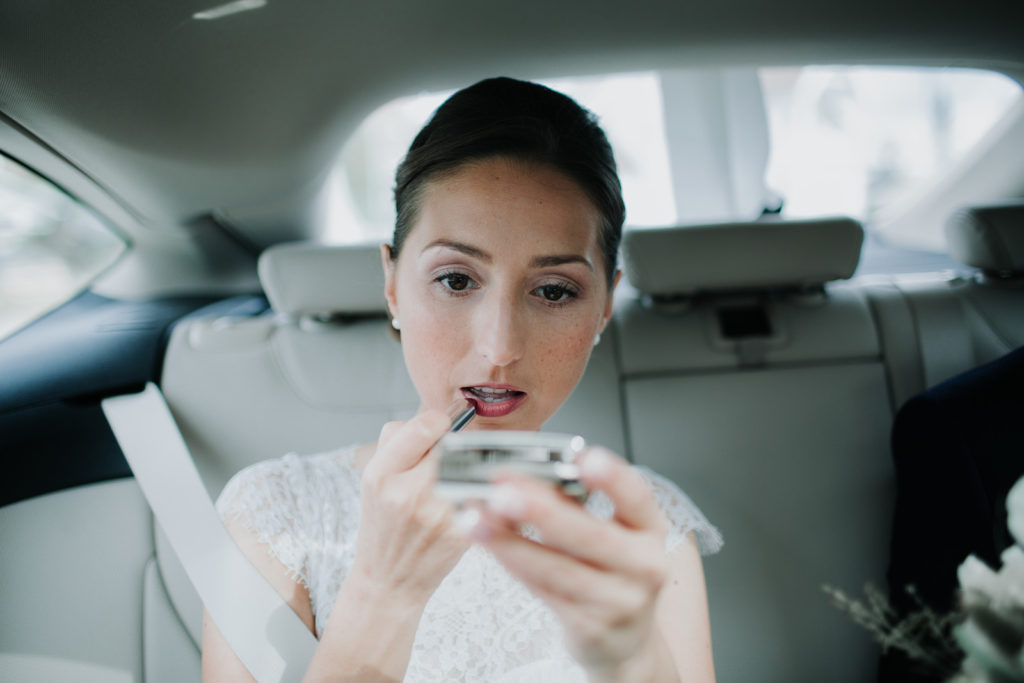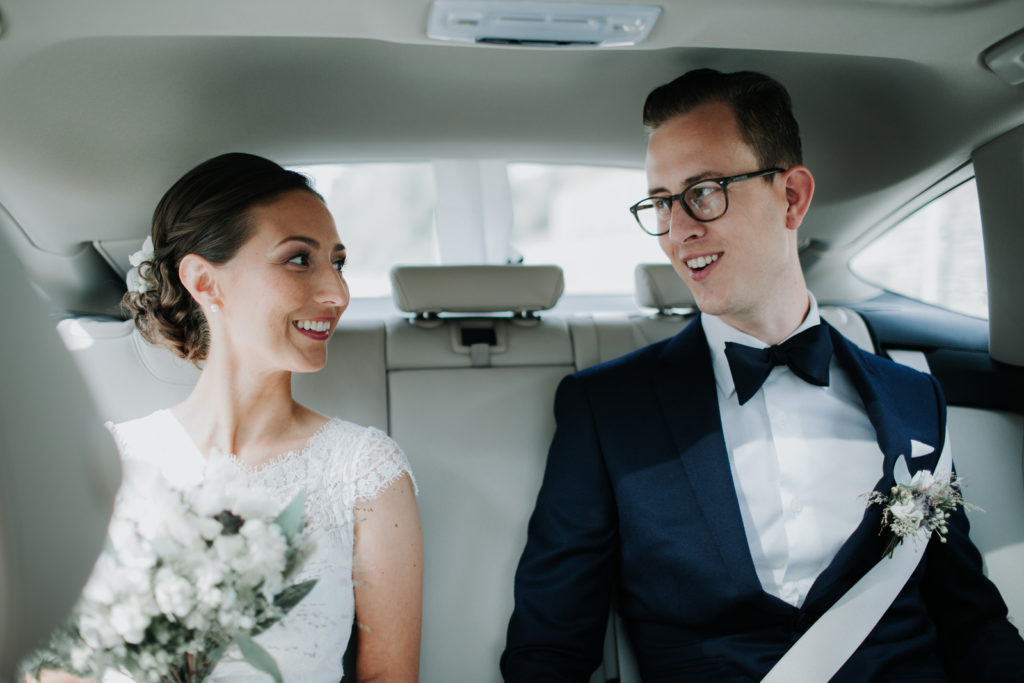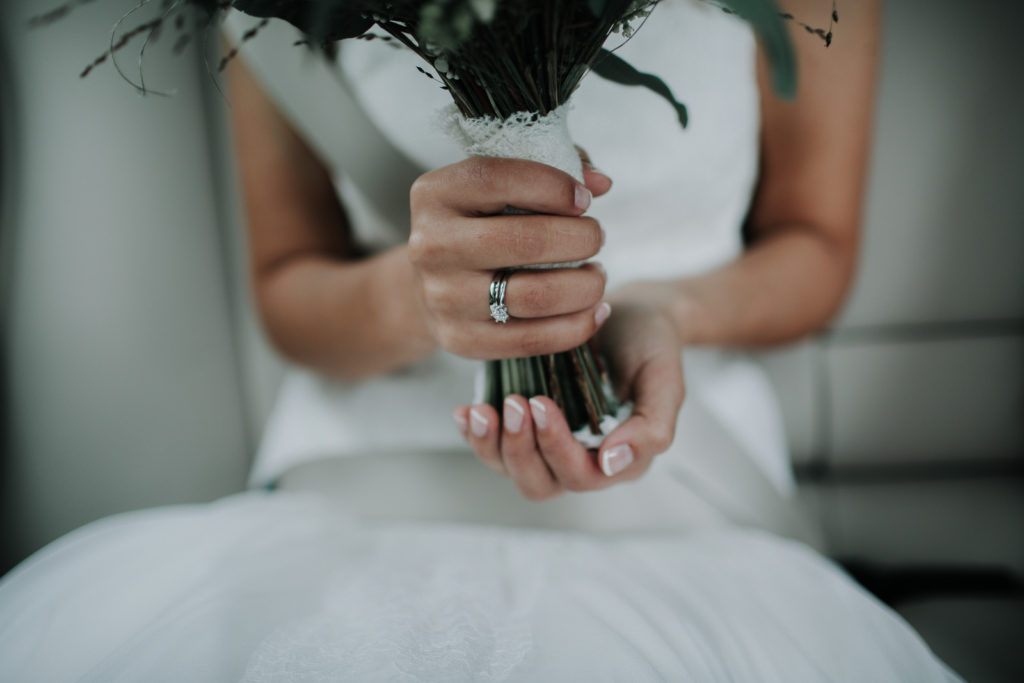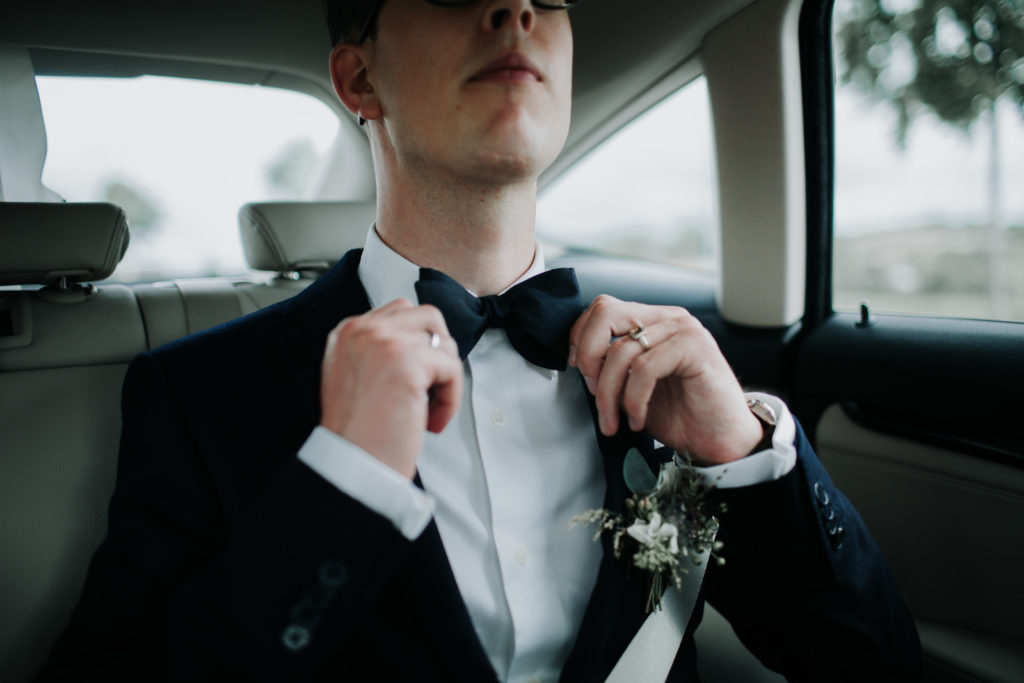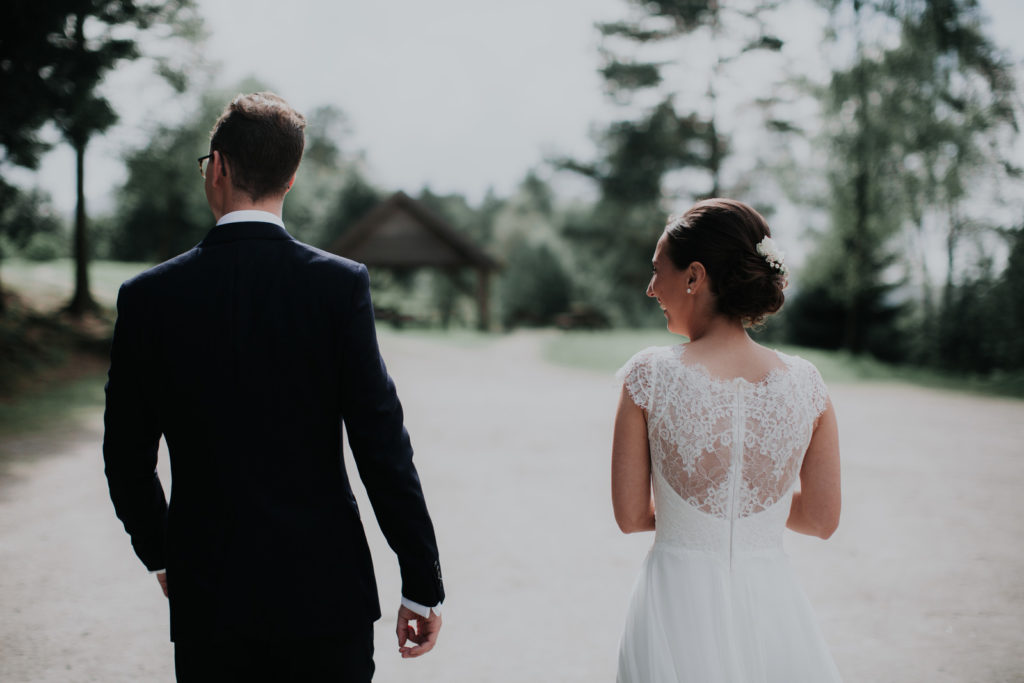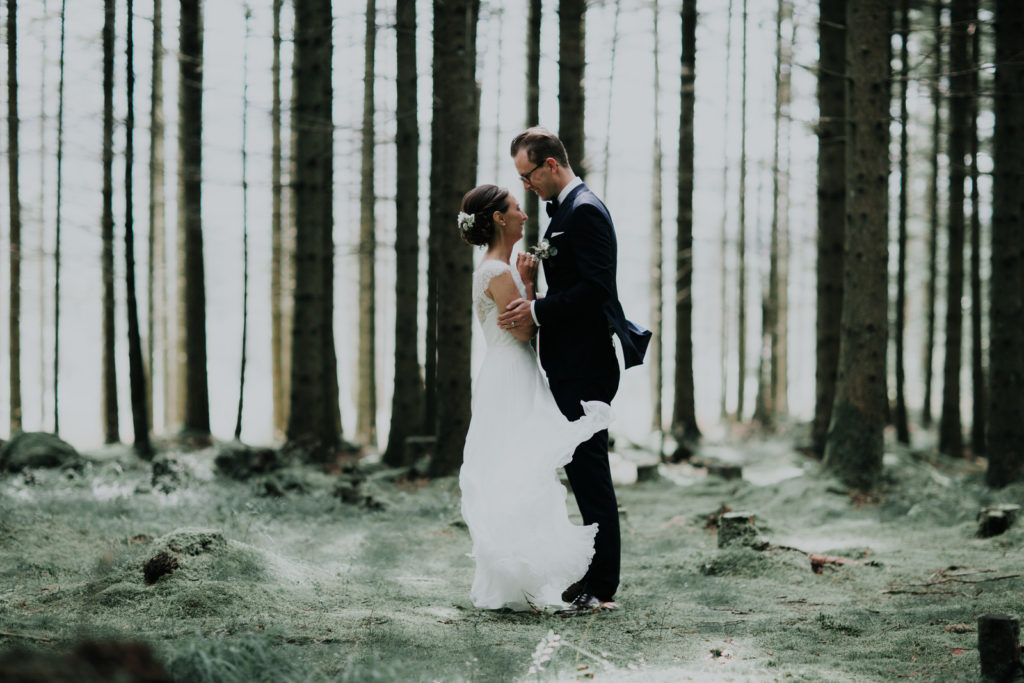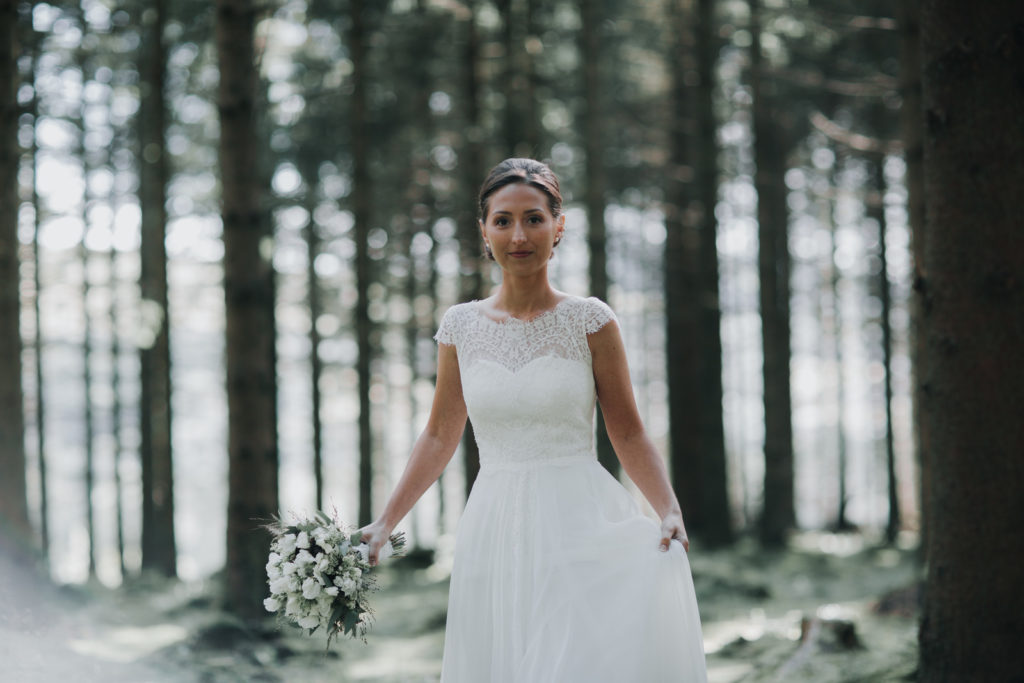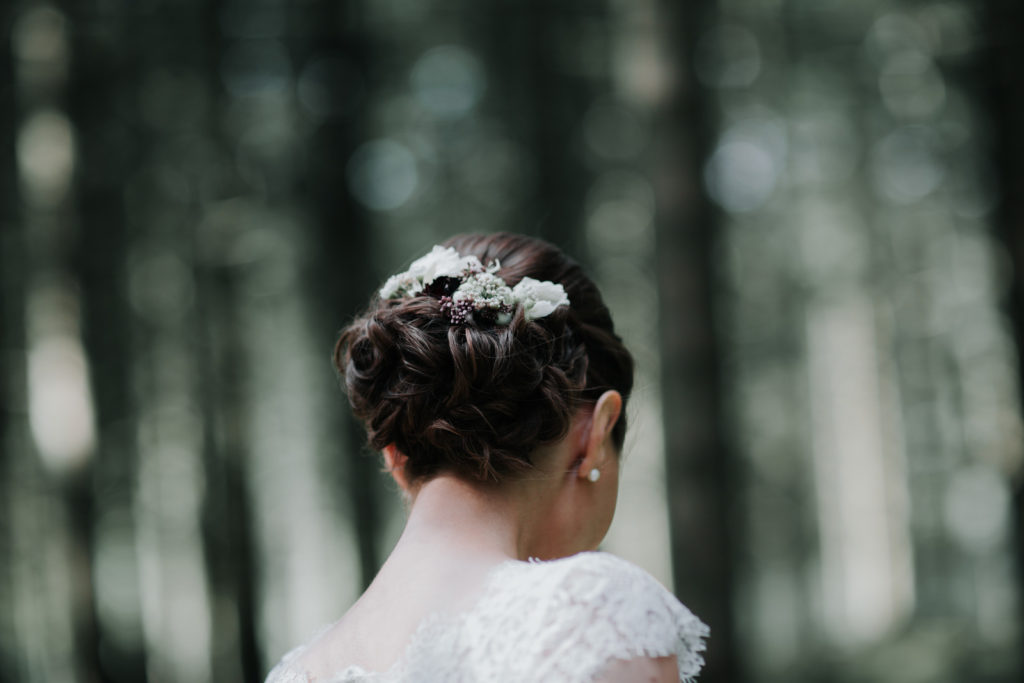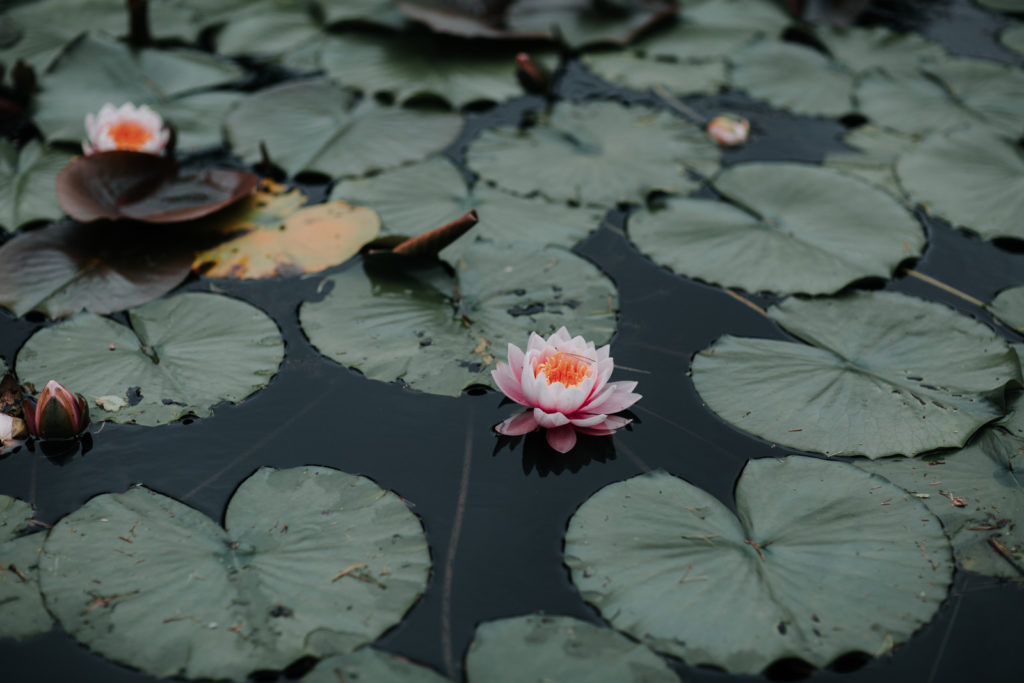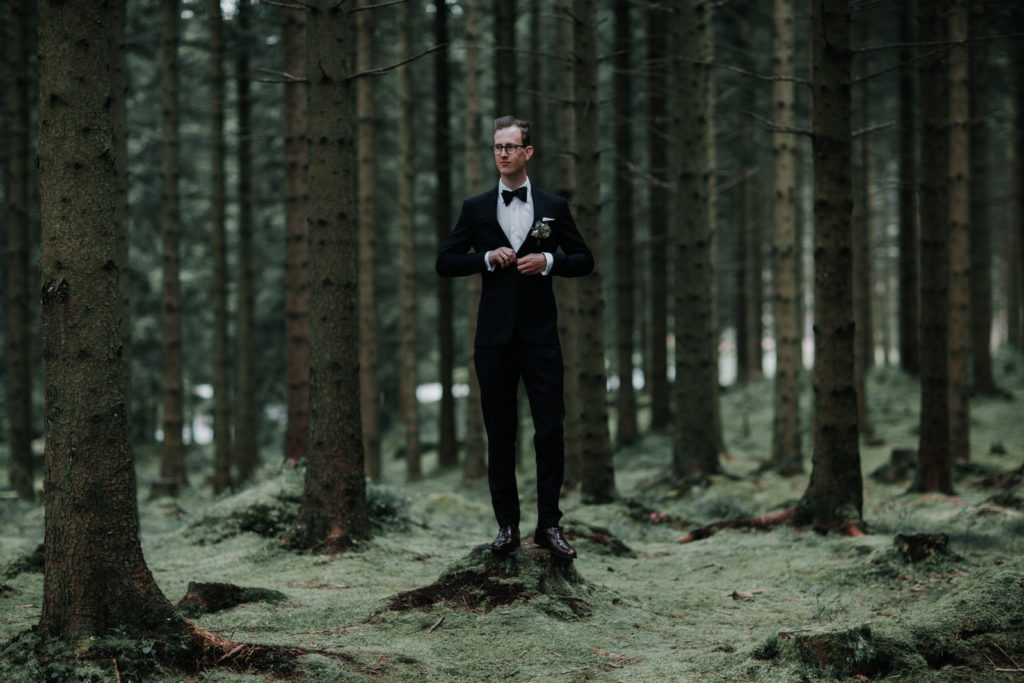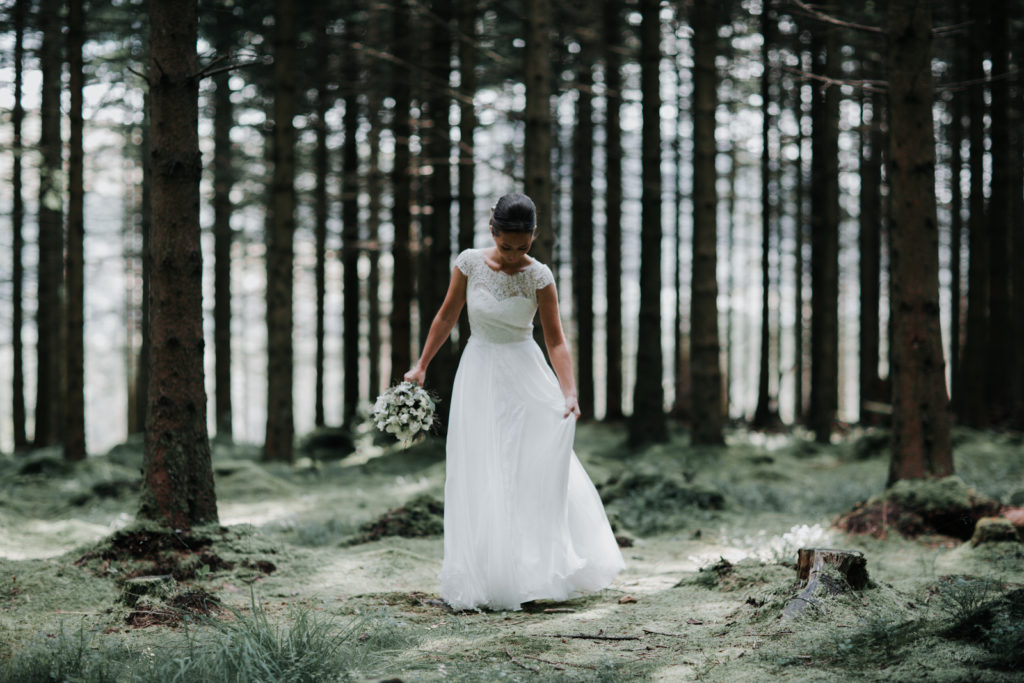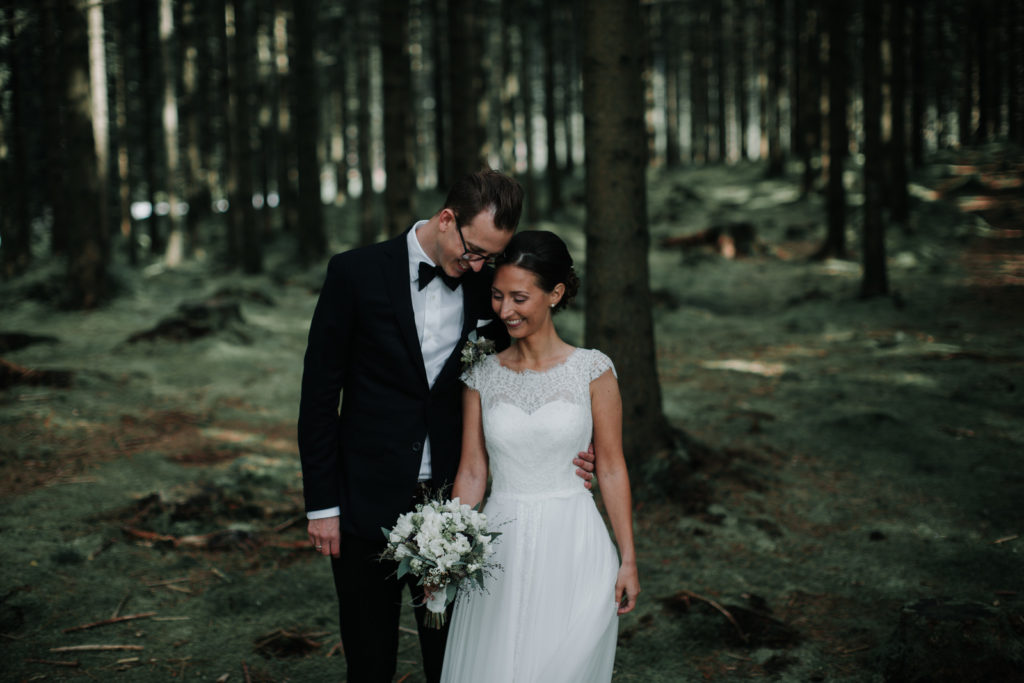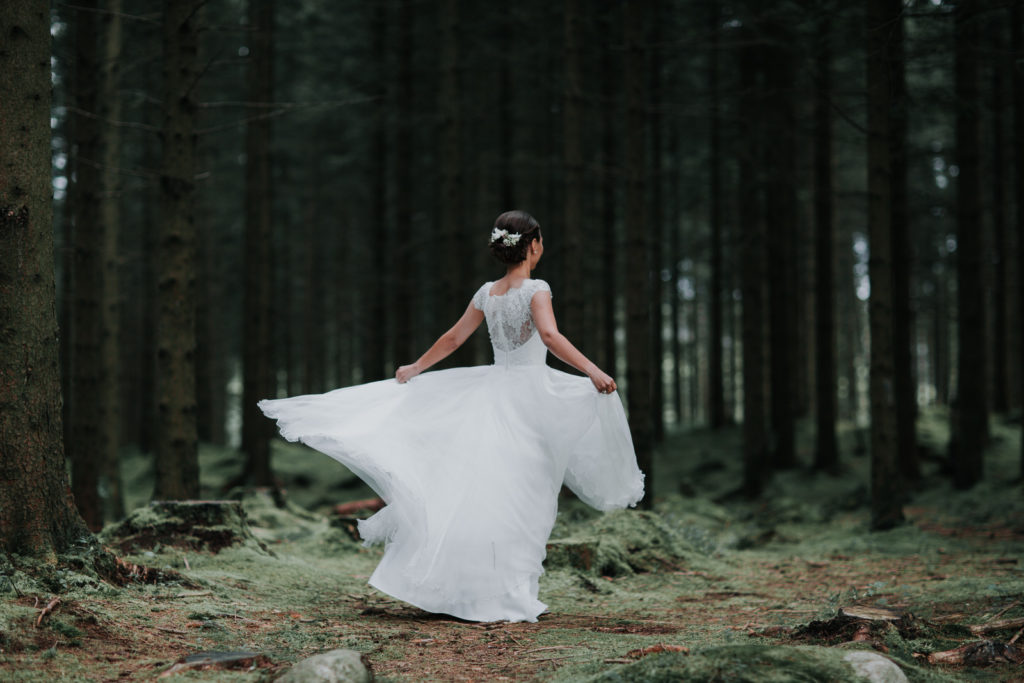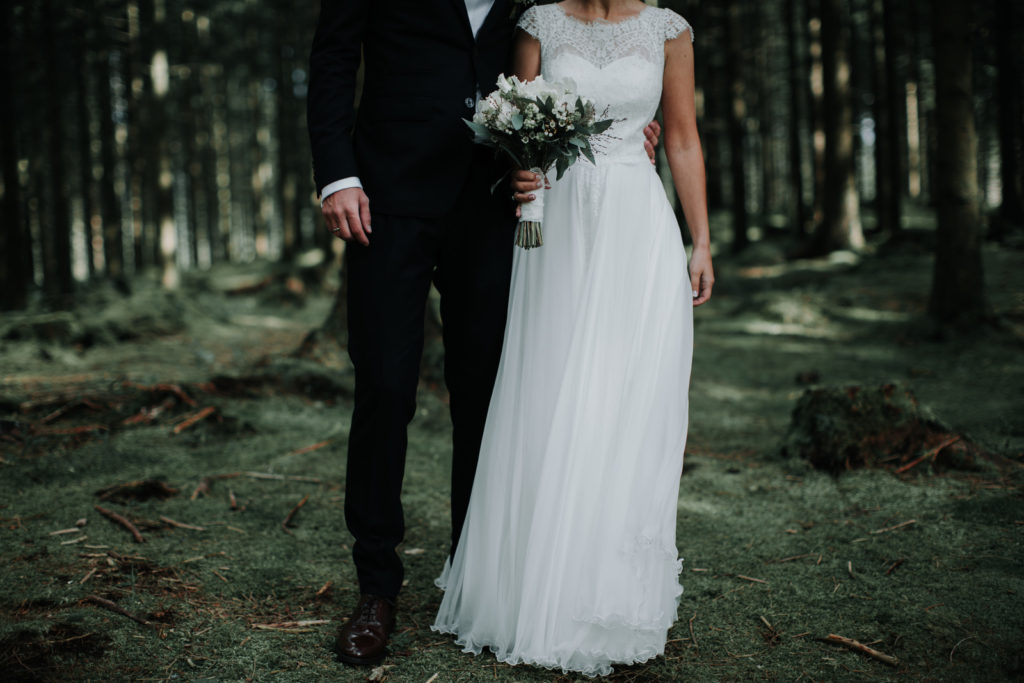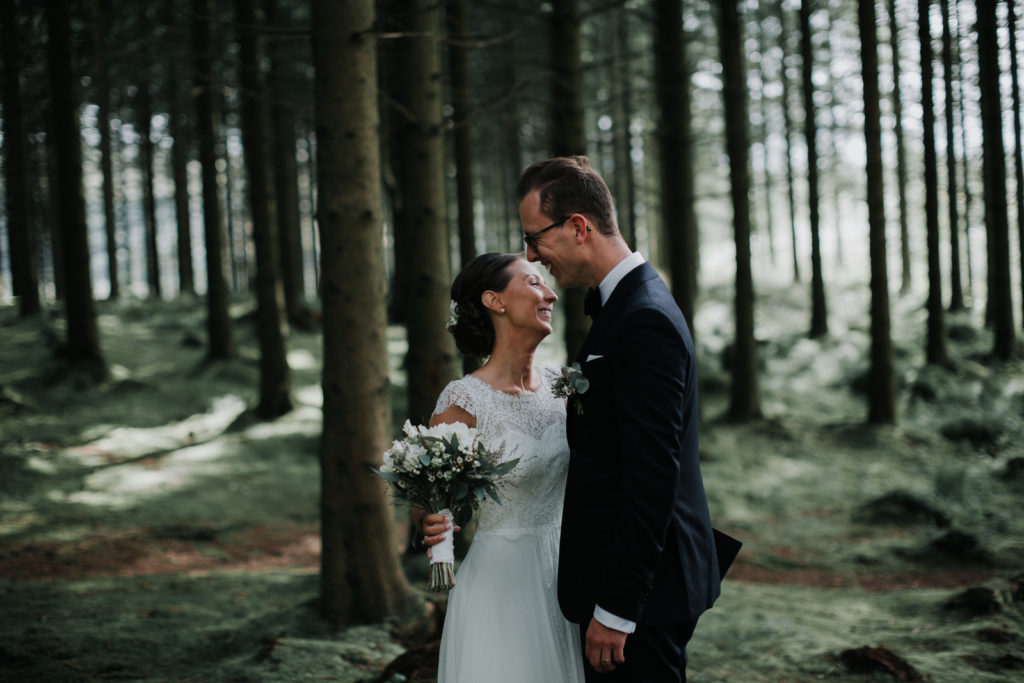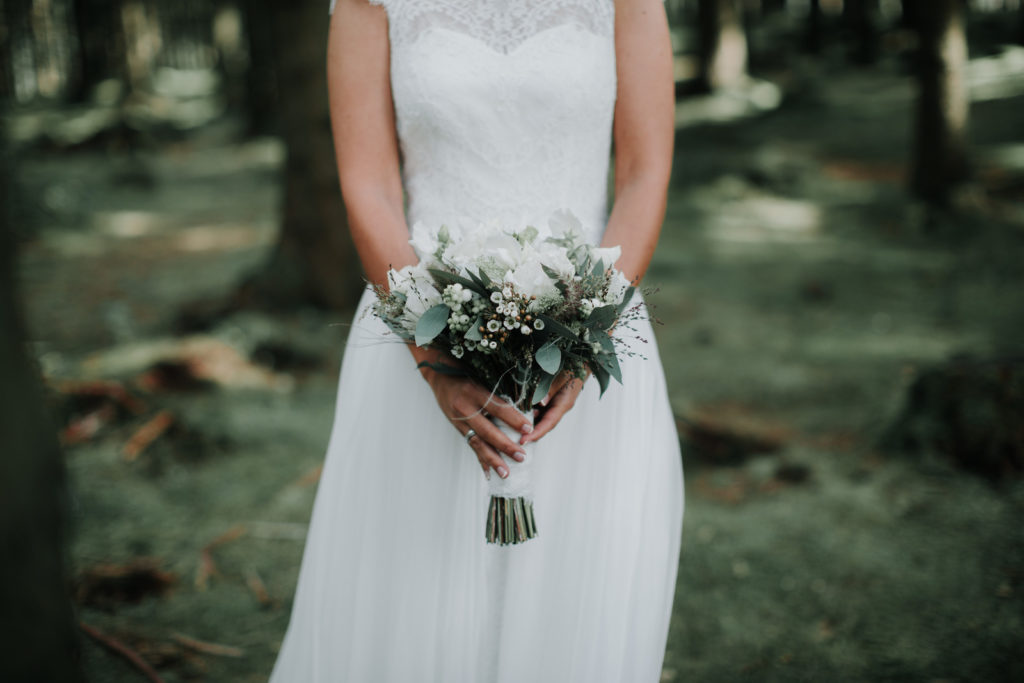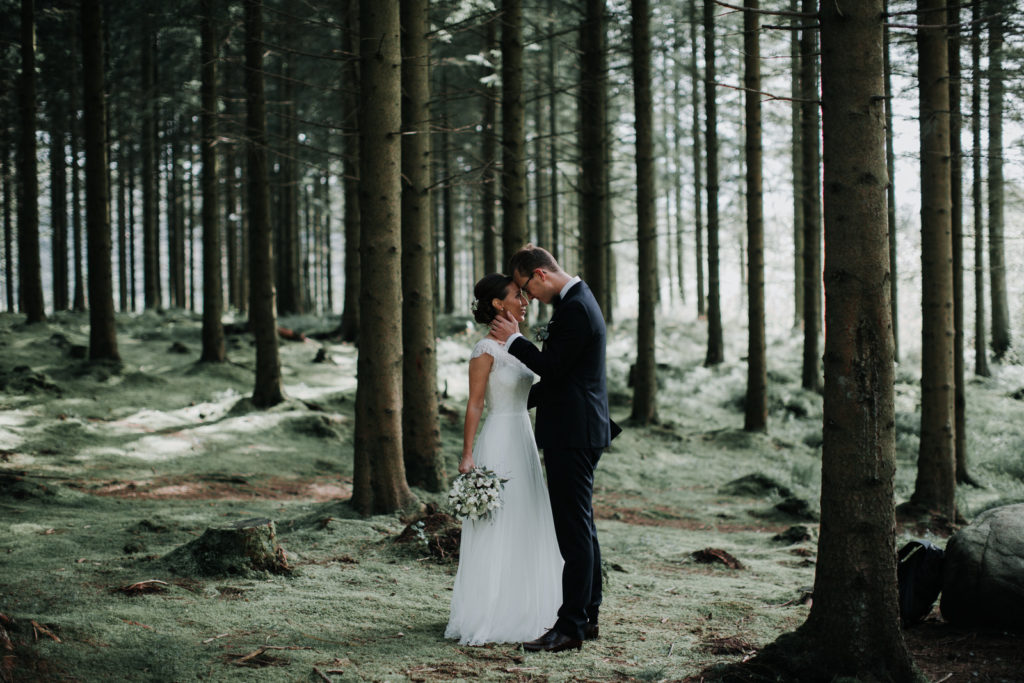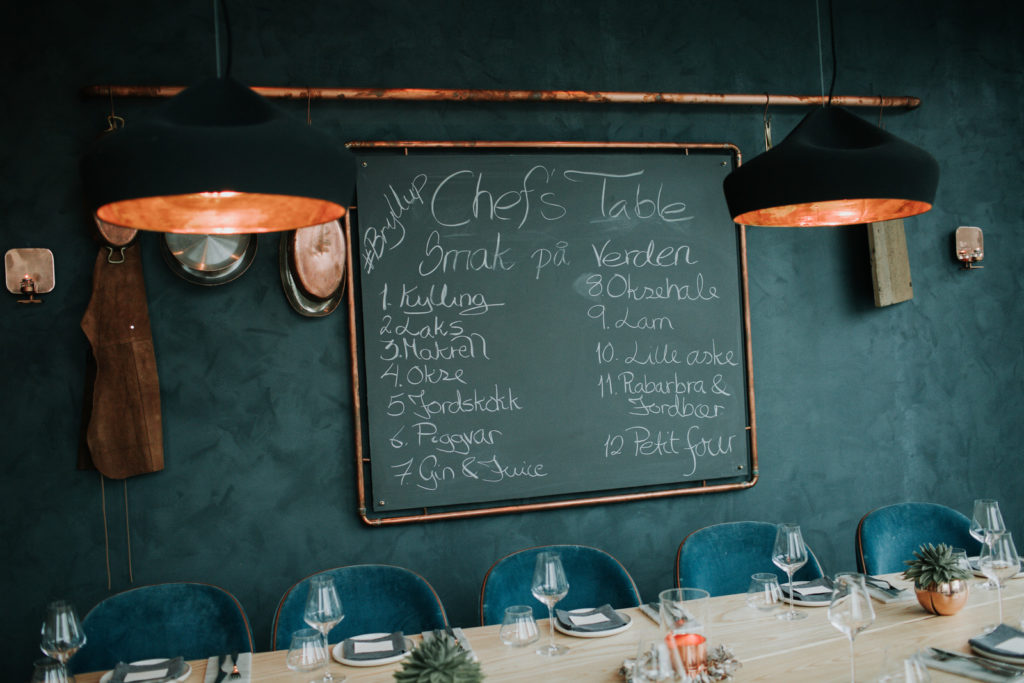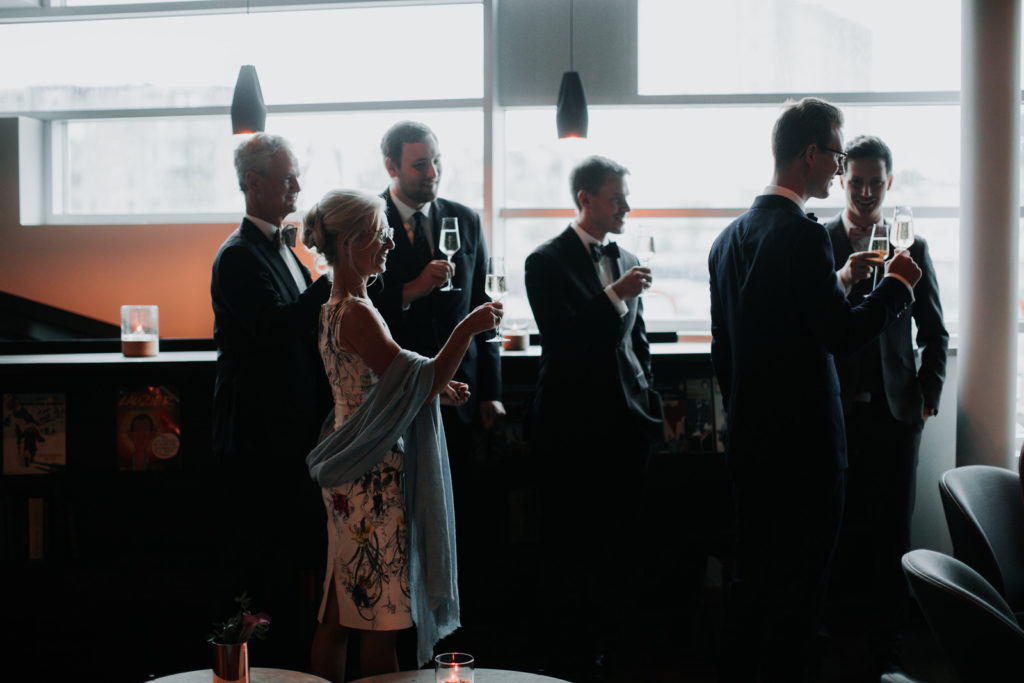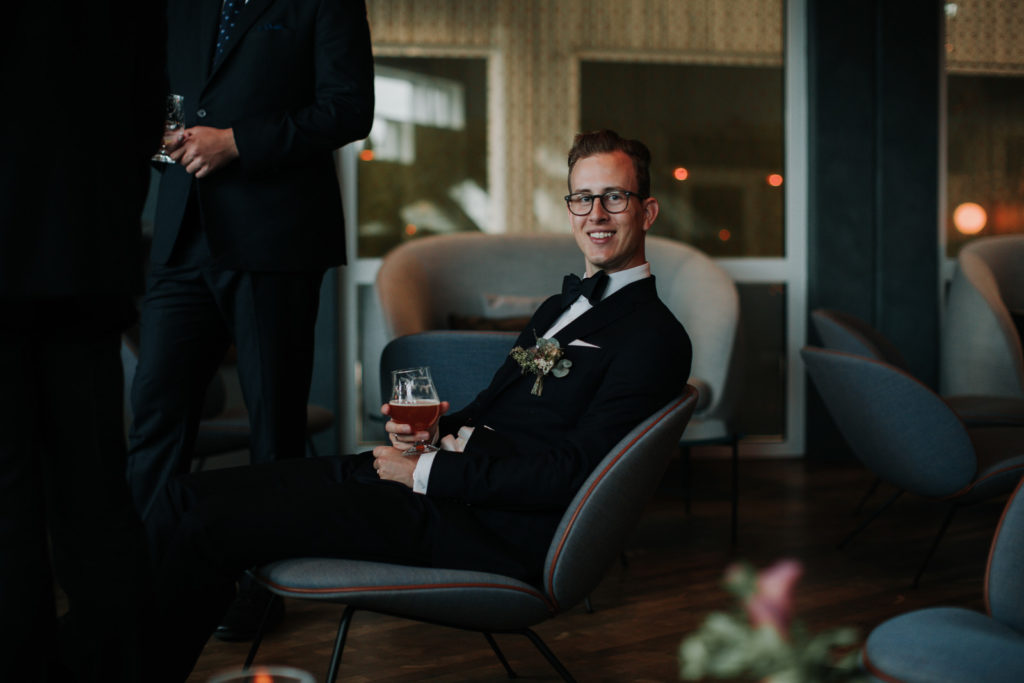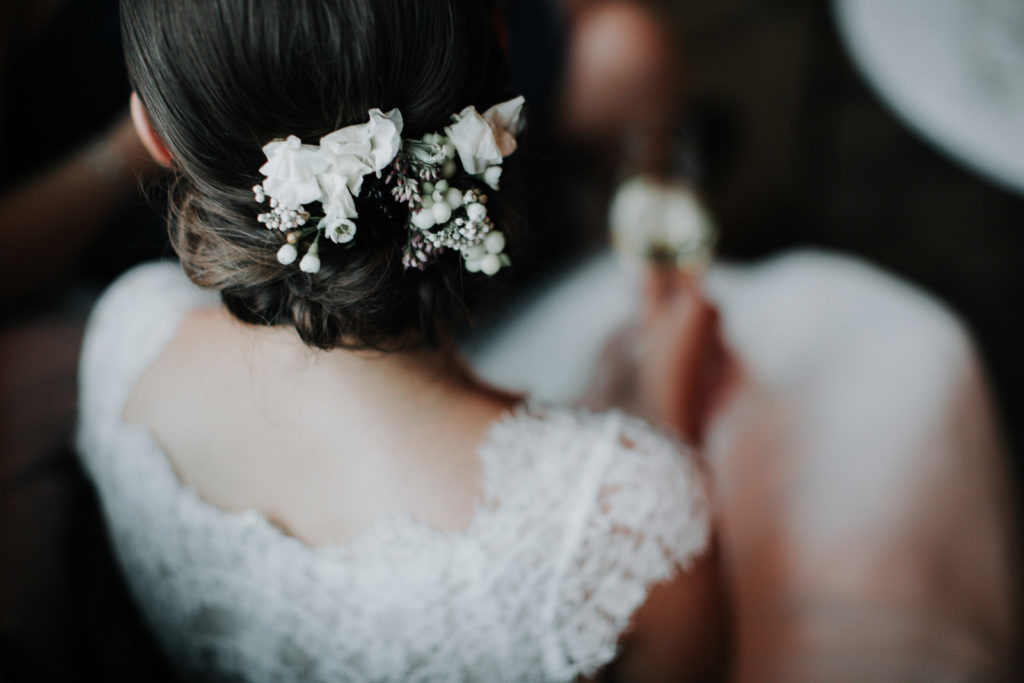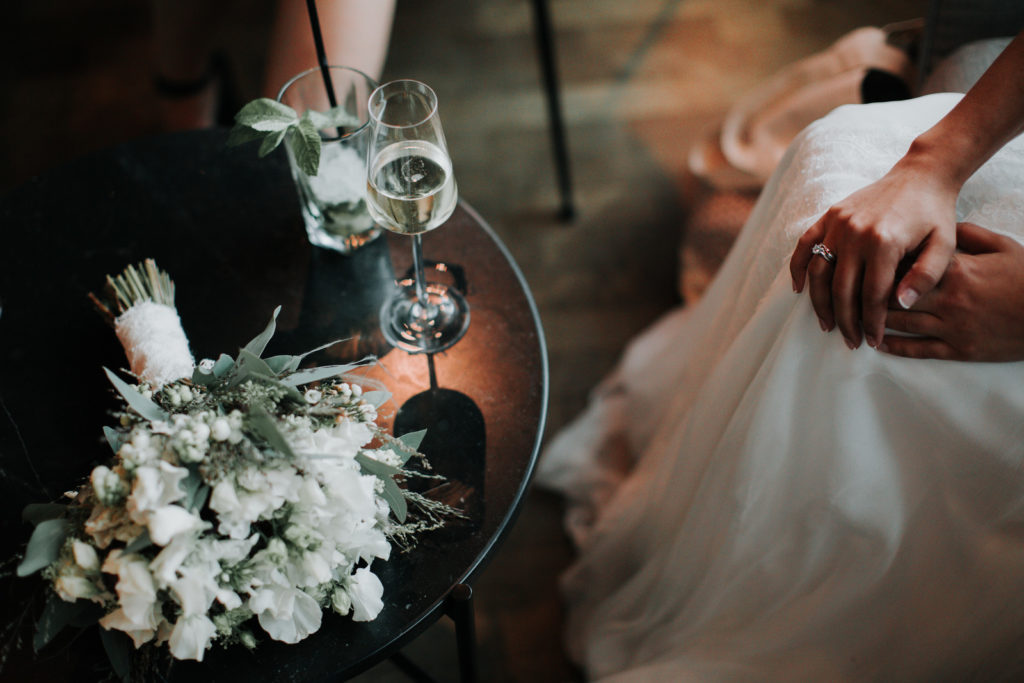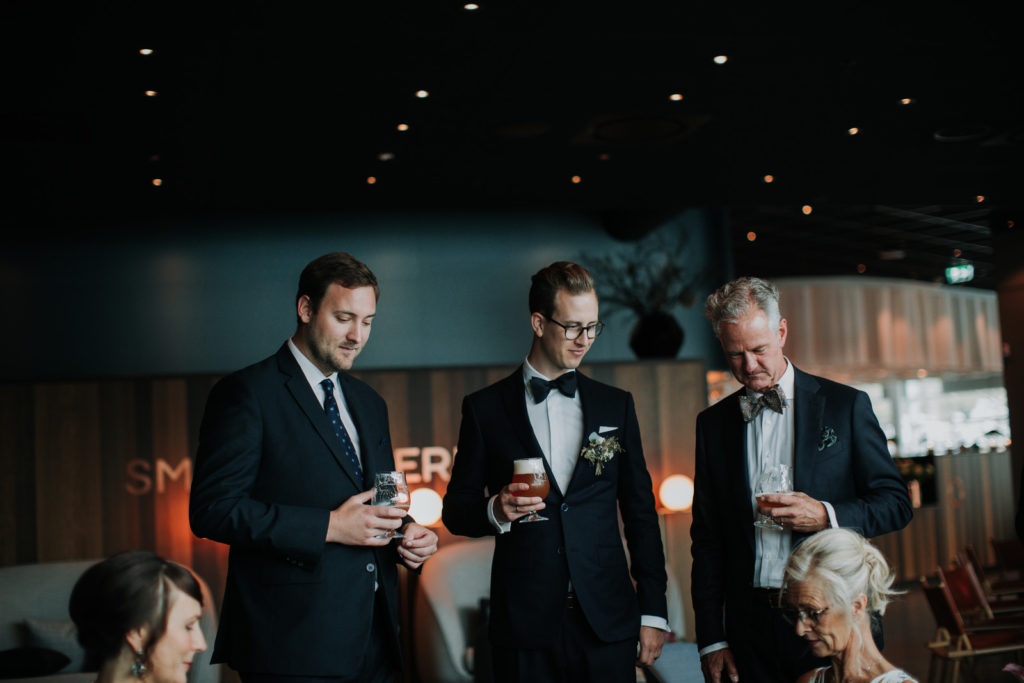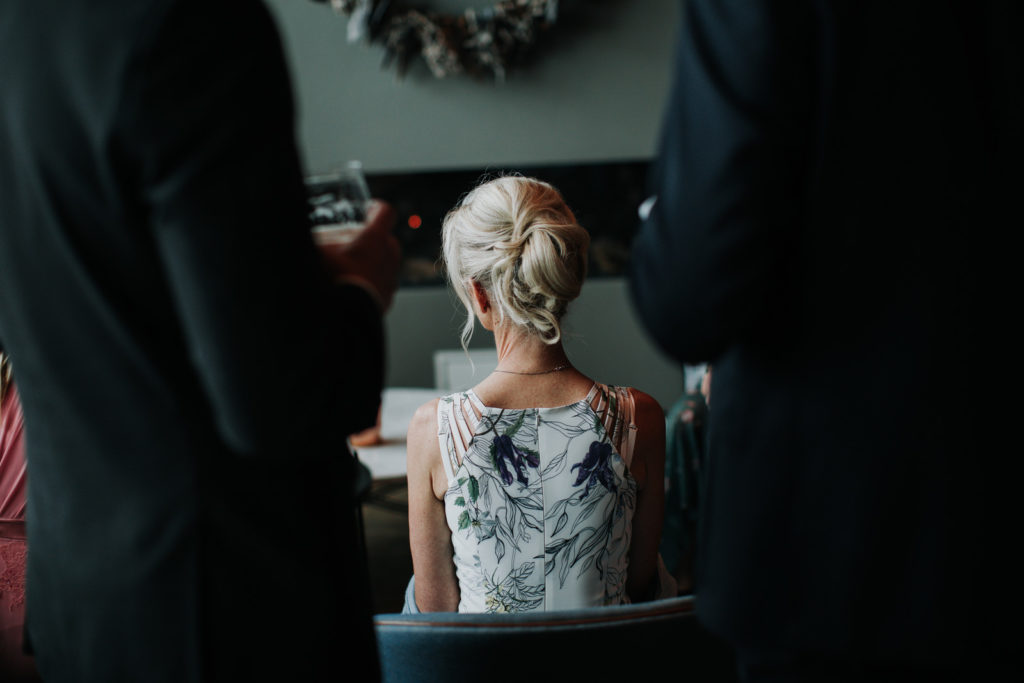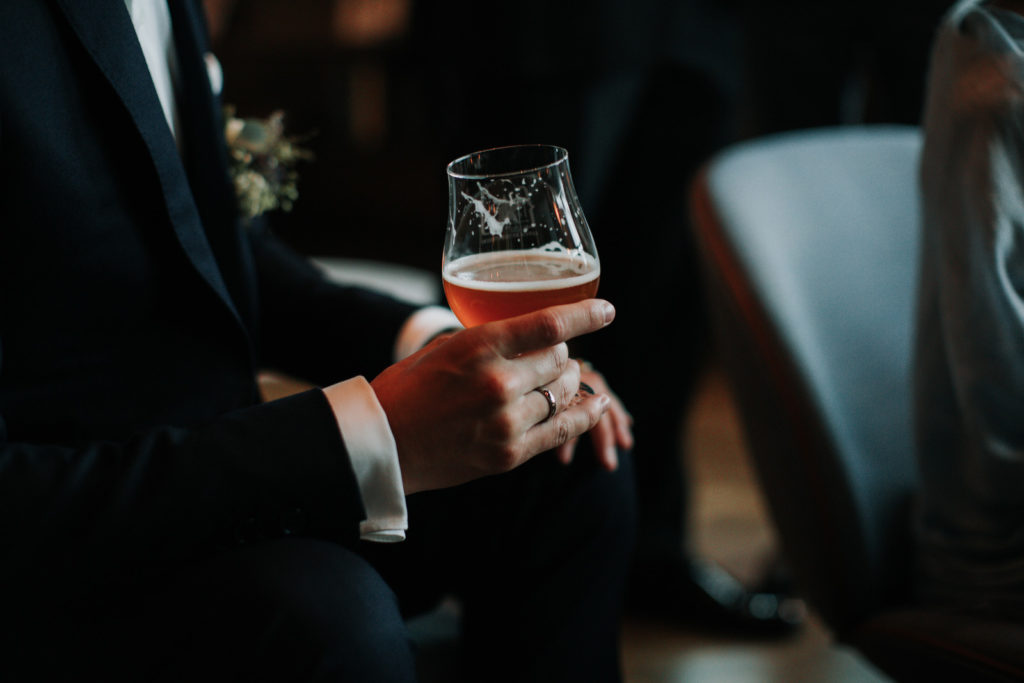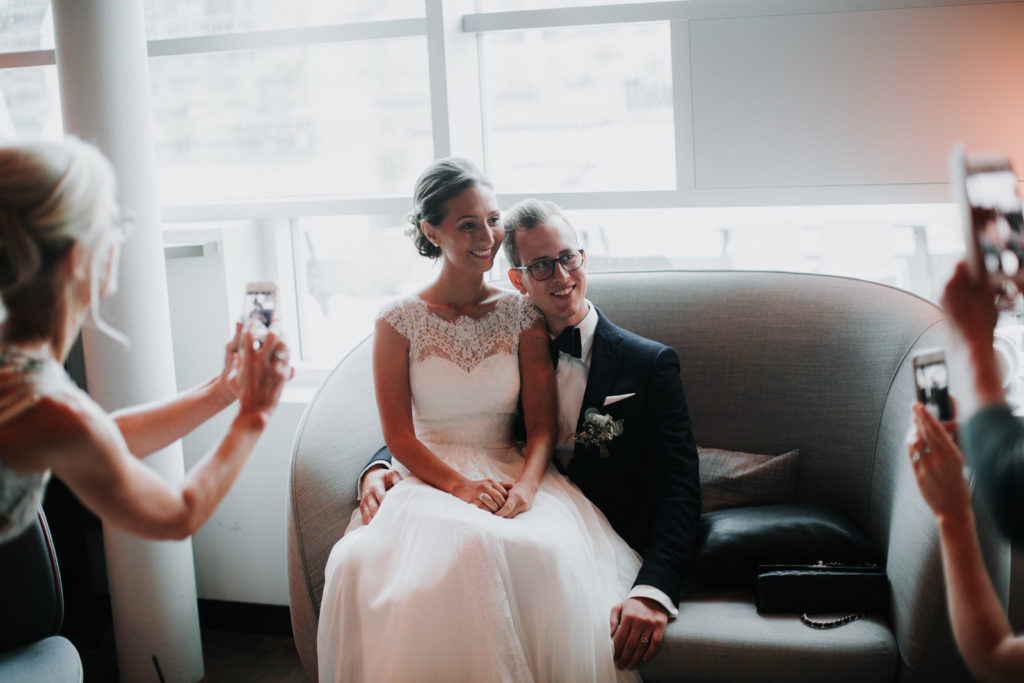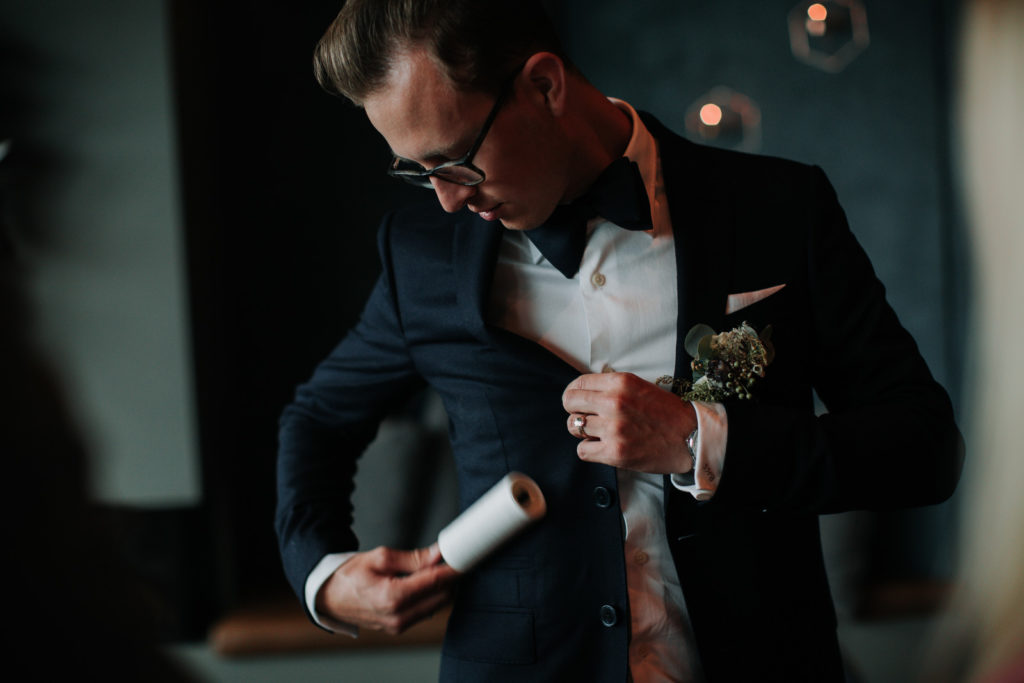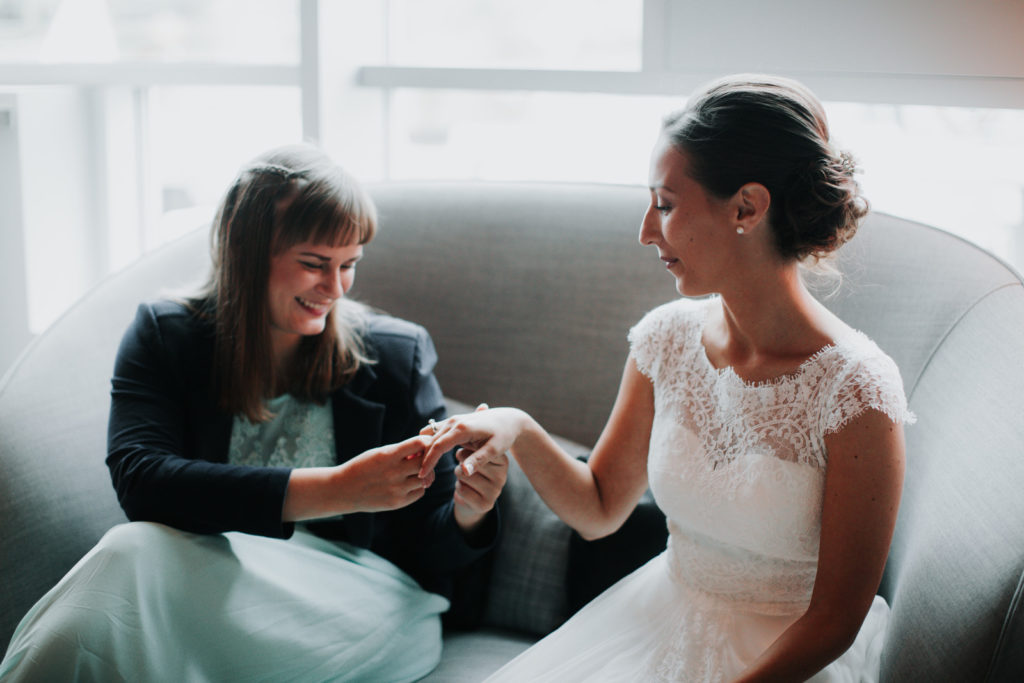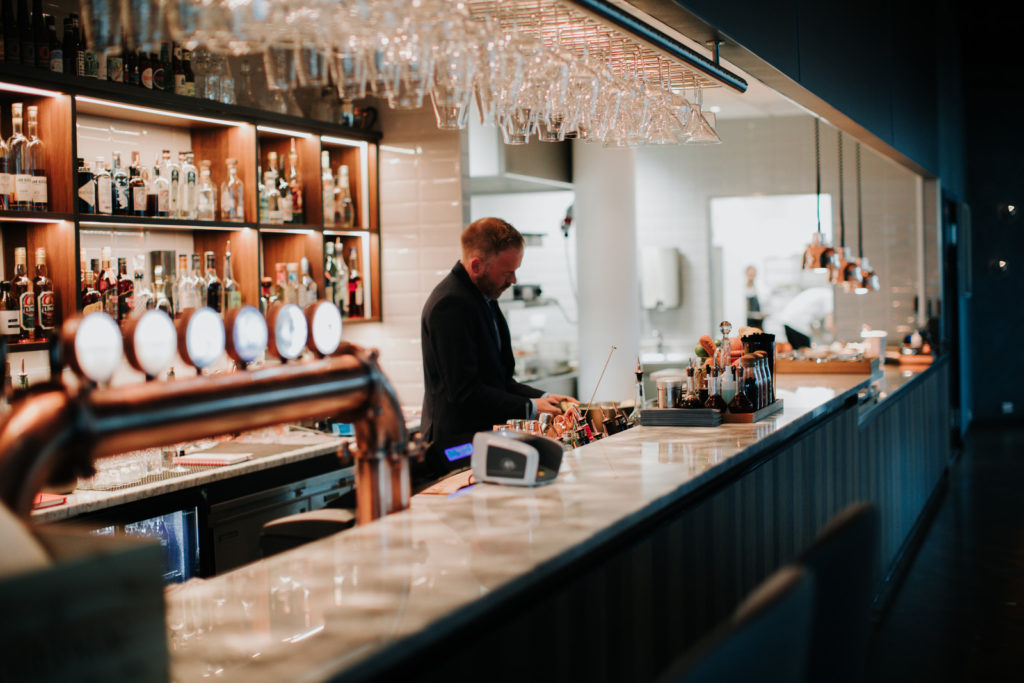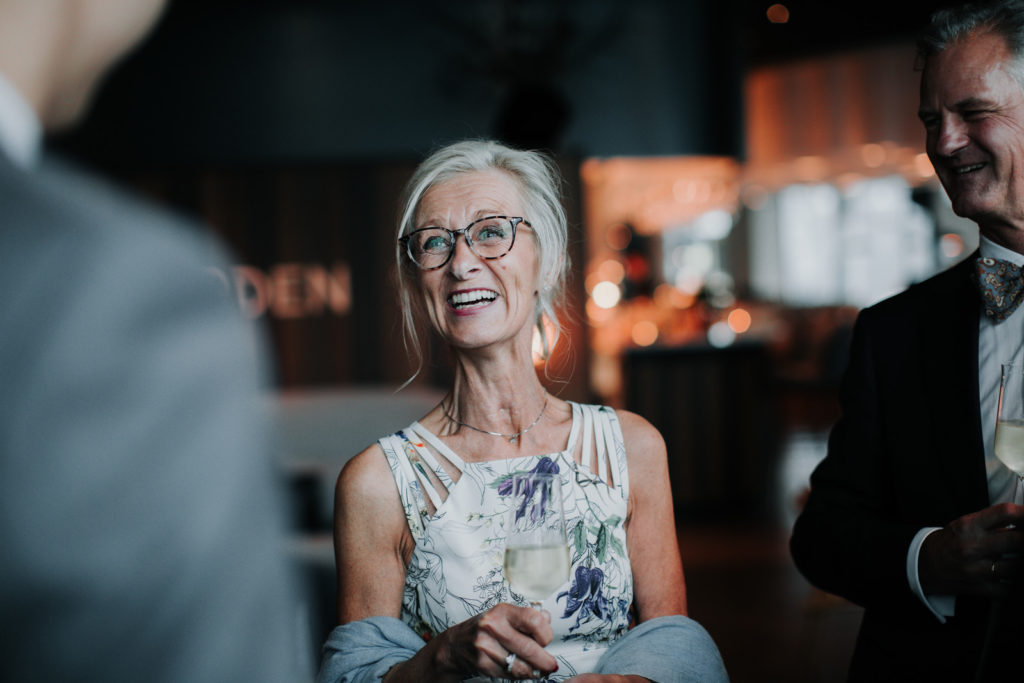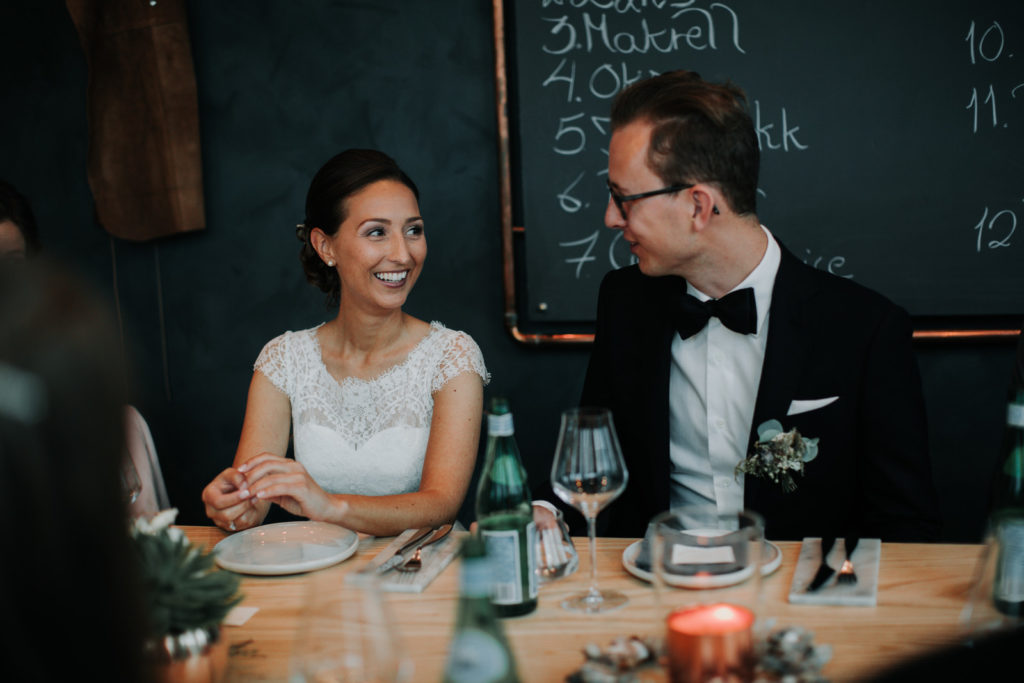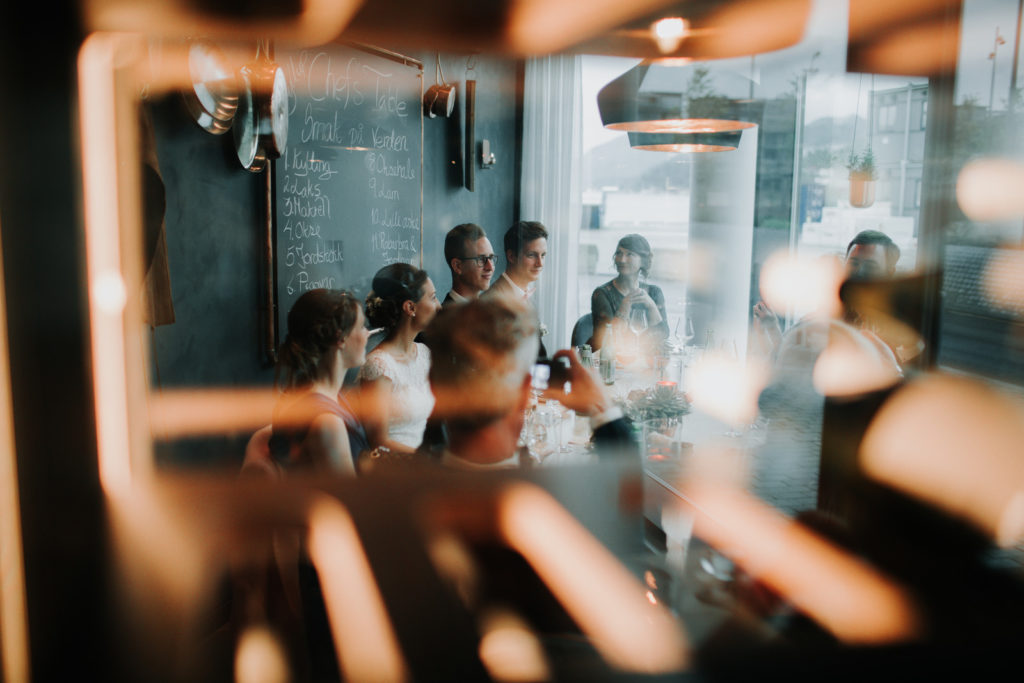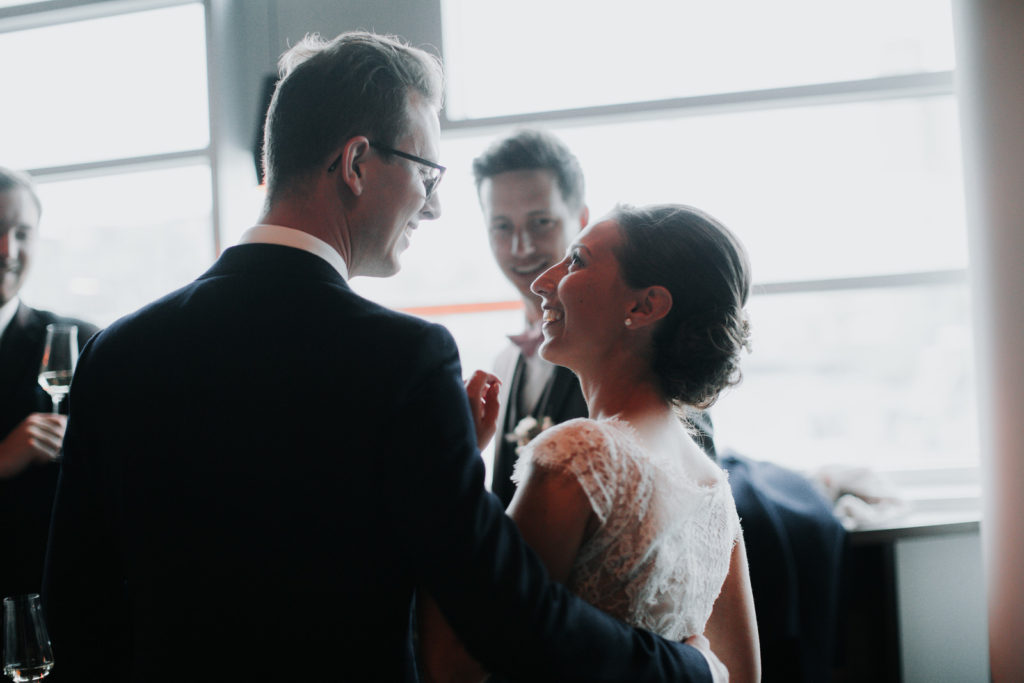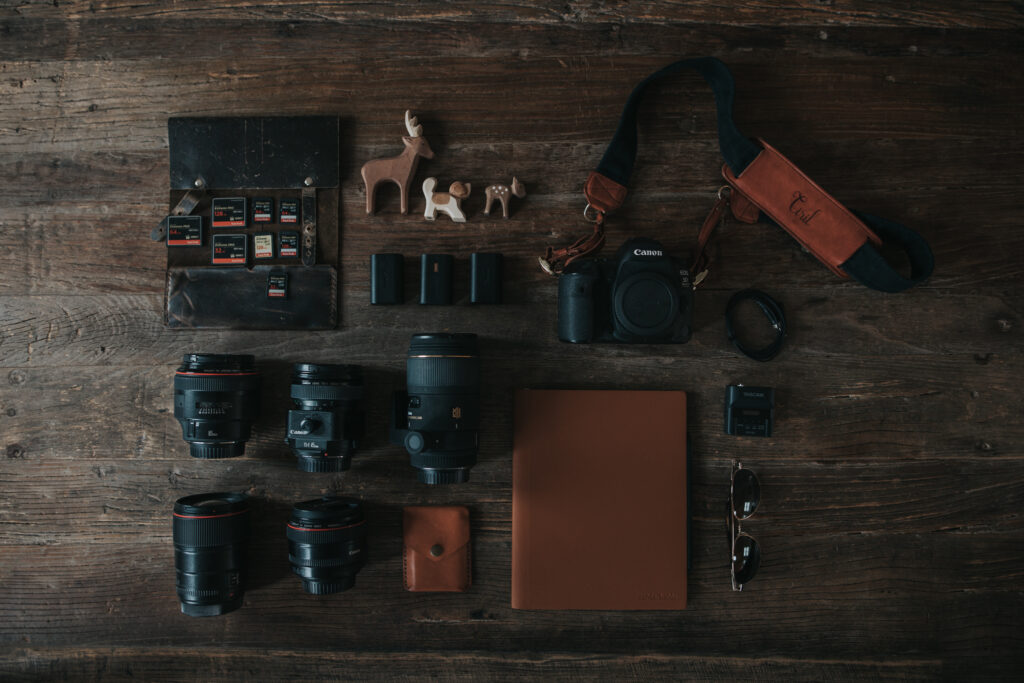
I get a lot of questions about my photography gear, so here’s a quick peek at what I carry in my camera bag.
But first, I just want to say: Having the right gear is just one tiny piece of the puzzle. Other things, like storytelling, being mindful, connecting and composing are way more important when shooting. But I realize this is easy for me to say when I already have my equipment sorted. It’s there, it’s reliable, and it does what I need it to do whenever I need it to (if I remember to charge my batteries, that is).
So yes, of course it matters. As a basis that you build upon.
I’m not a gear-heavy photographer. I often work with just one camera and one lens through an entire shoot. (My focus is typically on the person in front of my camera rather then juggling equipment.) But I do have a few trusty favourites. Here’s what I’d typically bring to a shoot, whether it is a family shoot, a newborn shoot, or a wedding:
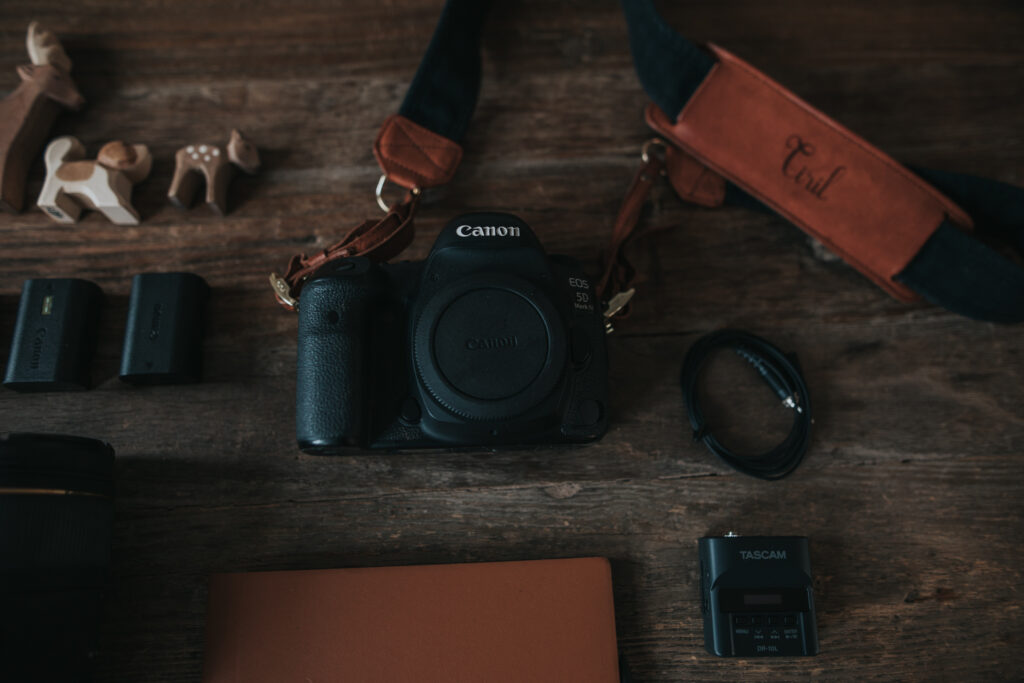
- Camera bodies: Canon 5D mk IV, and (not pictured because I used it shoot this image) Canon R6.
I’ve been using the 5D for years, but transitioning to the mirrorless R6 has been easy and effortless. I love the new eye AF, especially when taking pictures of kids that move around a lot, and I also love that I can use the R6 for video. As a result, the Canon 5D mk IV now mainly works as my backup camera.
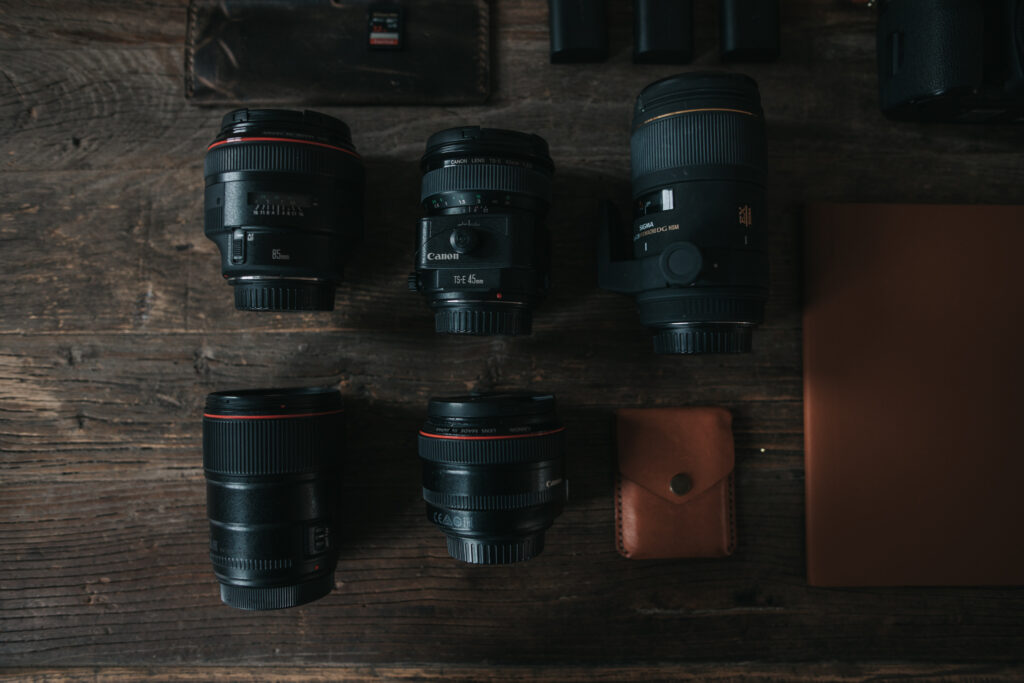
- Lenses (listed chronologically after how much I use them):
– Canon EF 50mm 1.2L: I use my 50mm for everything. It’s the lens that most closely resembles the natural perspective of the human eye, meaning it basically “sees” the same as we do with our eyes. I feel that this is well-reflected in the images I take with it, they feel natural and not distorted. I use my 50mm for portraits of individuals and small groups/families, both up close, and a distance away, both outside, in my natural light studio, and in in-home sessions when there is enough space to use it.
– Canon EF 35mm 1.4L: When I have less space at my disposal, like sometimes when I am doing my natural, in-home newborn shoots; I use the 35mm a lot. I use it for shooting individual portraits, babies, families. I use the 35mm for bigger groups/extended family shots as well. I also love getting in close with a family, and using the 35mm for details like hands holding and hugs ++. The 35mm is also great for flatlays and detail shots.– Canon EF 85mm 1.2L: The 85mm is my favourite for portaits, they way it paints with light is incredible. But: It’s slow on the focus, and heavy, and you need enough space to be a distance away from what you are shooting – so often I find that using it while working with children and families (where there’s a lot of movement going on), can be tricky (and often result in blurry images). I Love using it when shooting bridal portraits though.
– Sigma 24mm 1.4 ART (not shown in picture because I used it for this image): I use the 24mm when I need even more space. As it’s quite wide-angled I don’t use it a lot with people (except if I’m backed up in a corner), but I use it sometimes when I’m high up (standing on a stool) to get images of the kids playing from up above. Mostly I use it for flatlays, though.
– Canon TS 45mm 2.8, and
– Sigma 150mm 2.8 macro
These last two I use way less than the others. The TS is fun to play with every once in a while, and the macro is good for detail shoots (but often I just use the 50mm for that), so to be honest these two are not always in my bag, but I bring them sometimes, if I feel inspired.
I also use an adapter (Mount adapter EF-EOS R) for all these lenses when shooting with the Canon R6.
If you are starting out and need a good all-round lens, I heartily recommend a 50mm or 35mm prime (fixed focal) lens with f/1.8 or less. A prime lens will not give you the opportunity to zoom in and out, but it will give you the opportunity to play with light due to the wide open aperture (1.8). Also, having a fixed focal length forces you to think about composition every time you shoot.
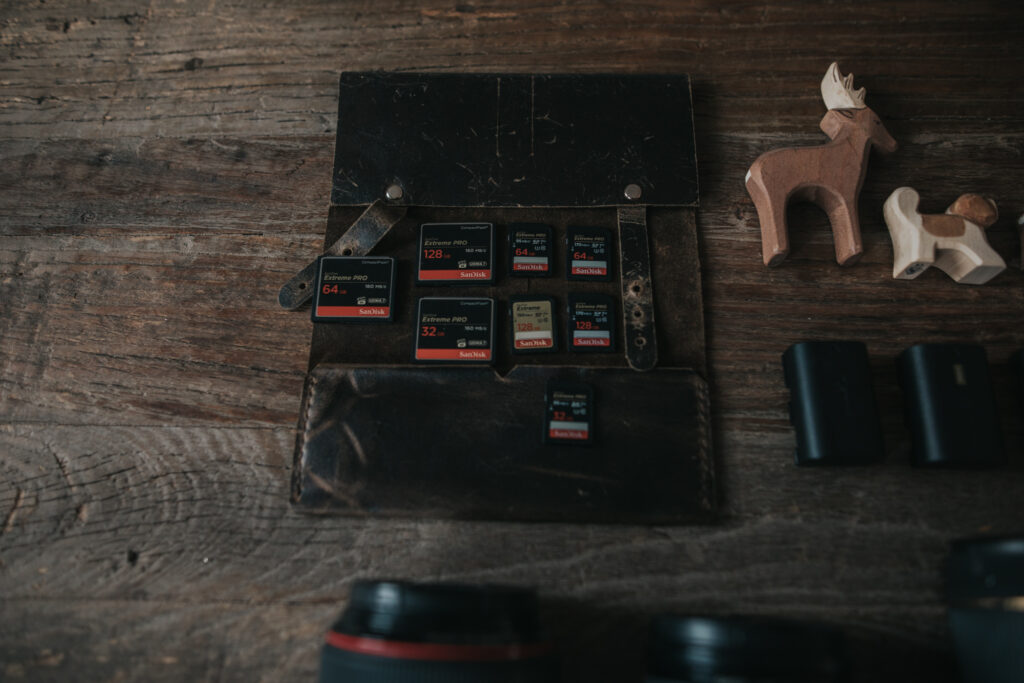
- Memory cards: I use Sandisk Extreme Pro, CF cards for the 5D mk IV, and SD’s for the R6 (typically 95 eller 160 MB/s). I’ve (knock on wood) never lost images with these cards, but I always use dual memory cards when shooting as a precaution.
- Batteries: A bunch of them. The R6 has a new kind of battery that lasts a little longer than the 5D-batteries, but luckily the 5D-ones still work in the R6.
- Ostheimer animals: Because sometimes my little clients need something pretty to play with.
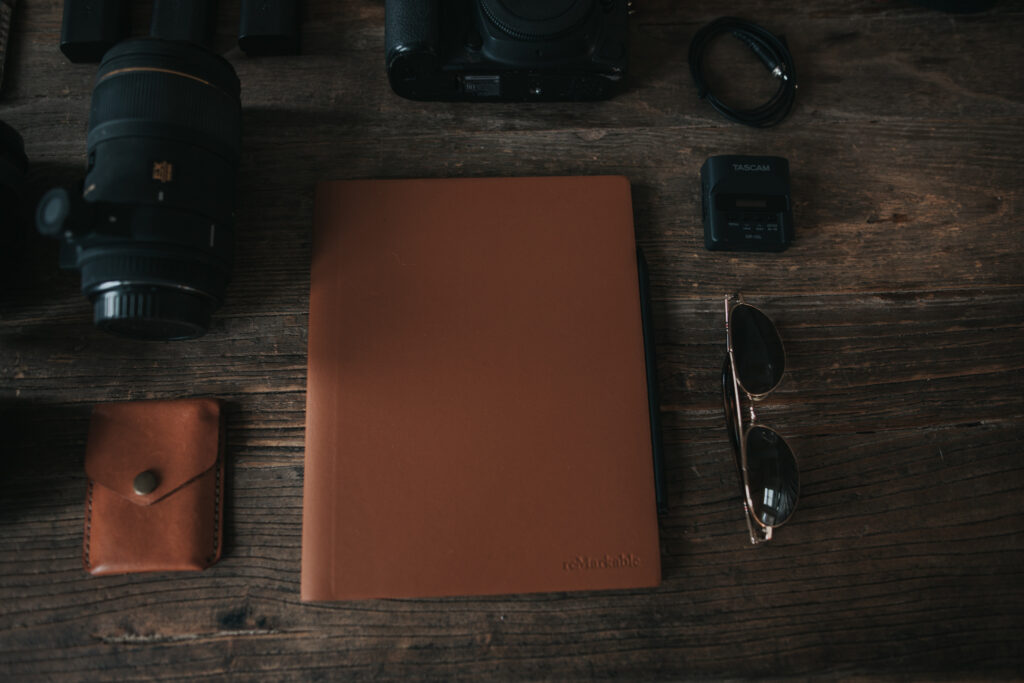
- Tascam RD 10L (upper right corner): A tiny recorder for sound which I have not really started using yet, but as I plan to do more video in the future, I’m including it here anyway.
- Sunglasses, because I don’t work well in bright sunlight.
- A pretty little container for my business cards (bottom left corner).
- And; my Remarkable. I use this for planning out shoots in advance, jotting down ideas and sometime drawing them (very badly).
Not pictured, but also often in my camera bag: Soap bubbles (when nothing else works, soap bubbles are magic), my water bottle, a simple plastic, see-through “raincoat” for the cameras and snacks, as I don’t do very well on low blood sugar.
So there you have it, the content of my worn and beloved camera bag. Now, if you are interested in the other piece of the puzzle; like storytelling and how to use natural light to create beautiful images, have a look at my online course Painting with light, which will be starting shortly.
